 Introduction
Introduction
The Laowa 15mm f/4.5 0.5x macro is one of the very few lenses that combine an ultra-wide angle of view with close focusing capabilities, offering up to 1:2 (half life-size) magnification.
Laowa previously introduced a 1:1 macro version back in 2019, but it came with a few quirks. It featured a shift mechanism that added bulk, the full 1:1 magnification required you to get extremely close, almost touching the subject, and its sharpness at infinity focus left much to be desired.
With this newer lens, Laowa has aimed to address all those issues in a more compact, practical design. Have they succeeded? Let’s find out in this review, as I compare it to its predecessor in each section.
![]() I tested this lens on a 46 Mp Nikon Z7ii (Sample images were taken with a Nikon Zf)
I tested this lens on a 46 Mp Nikon Z7ii (Sample images were taken with a Nikon Zf)
 You can see this review as a YouTube video here!
You can see this review as a YouTube video here!
![]() Sample images in high resolution here.
Sample images in high resolution here.
Sample Images

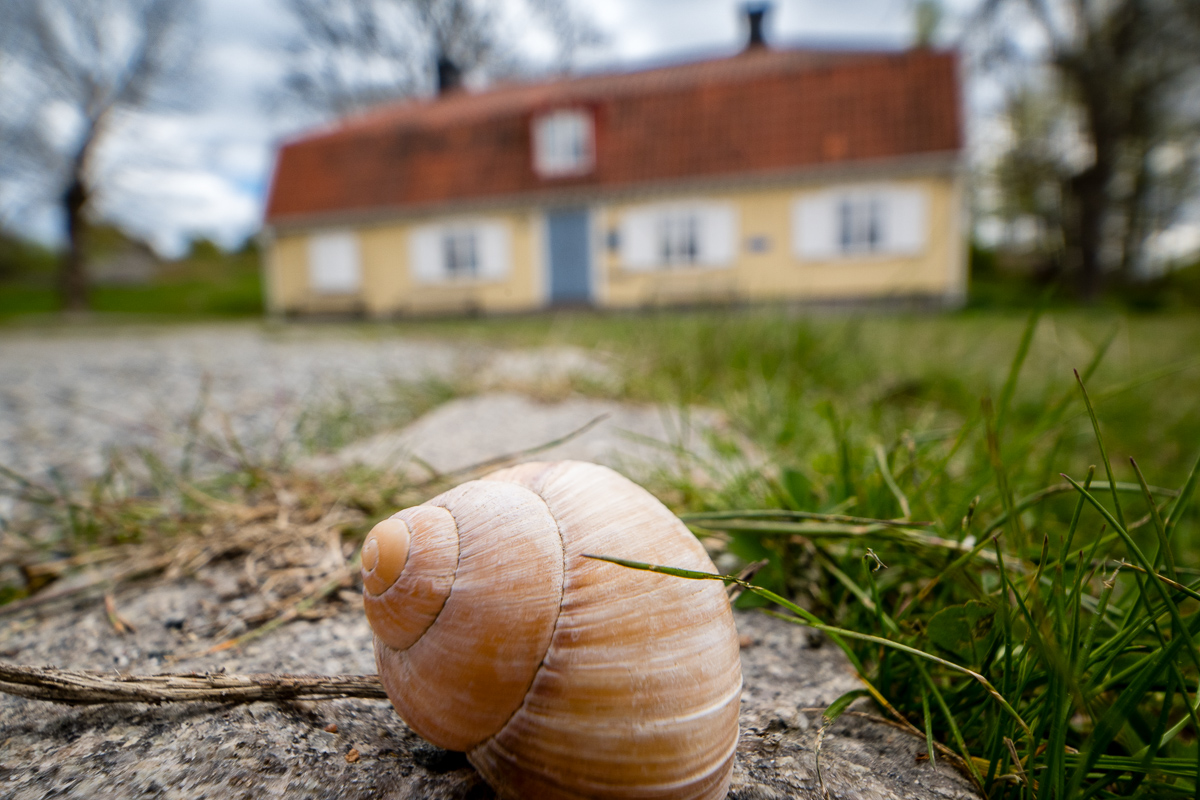
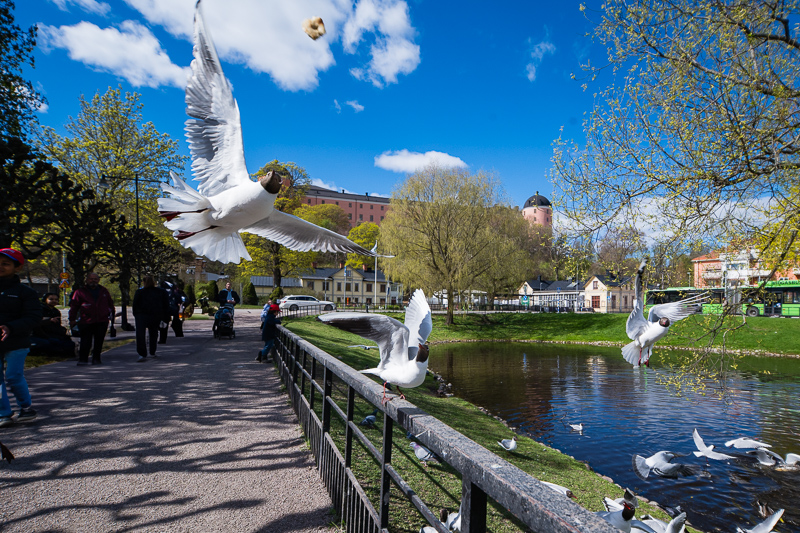


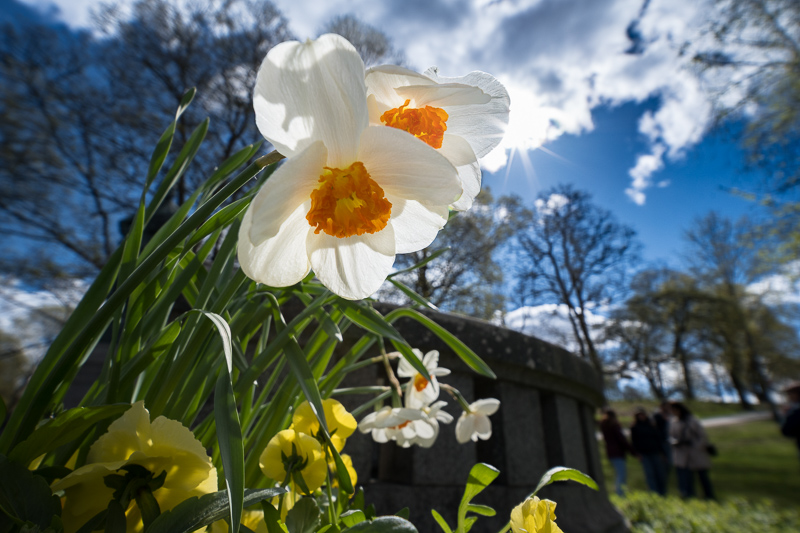

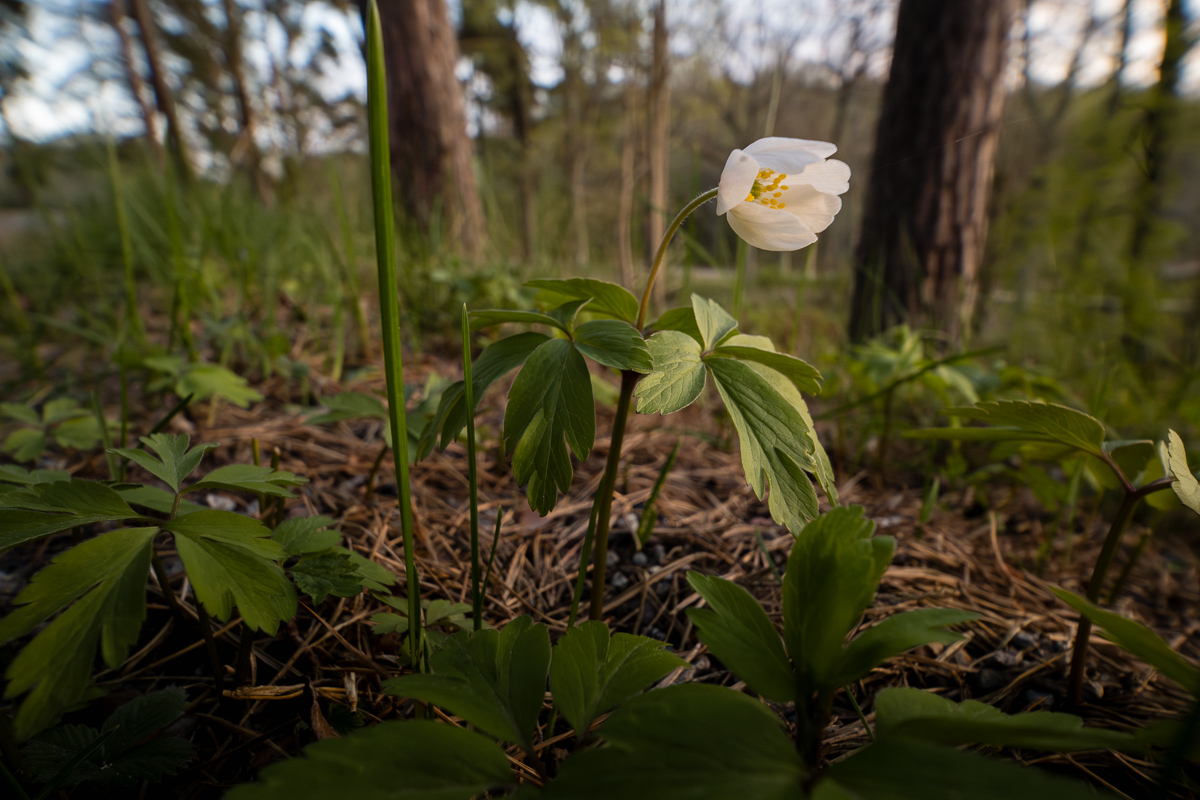
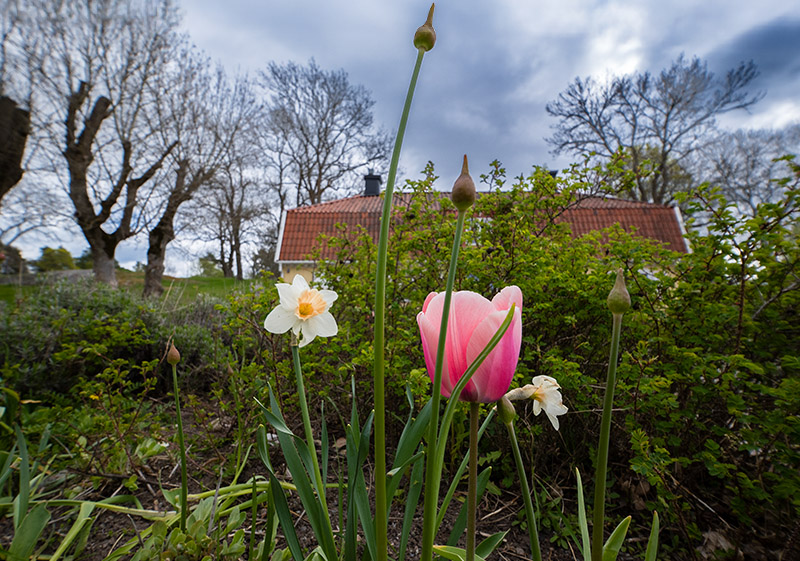
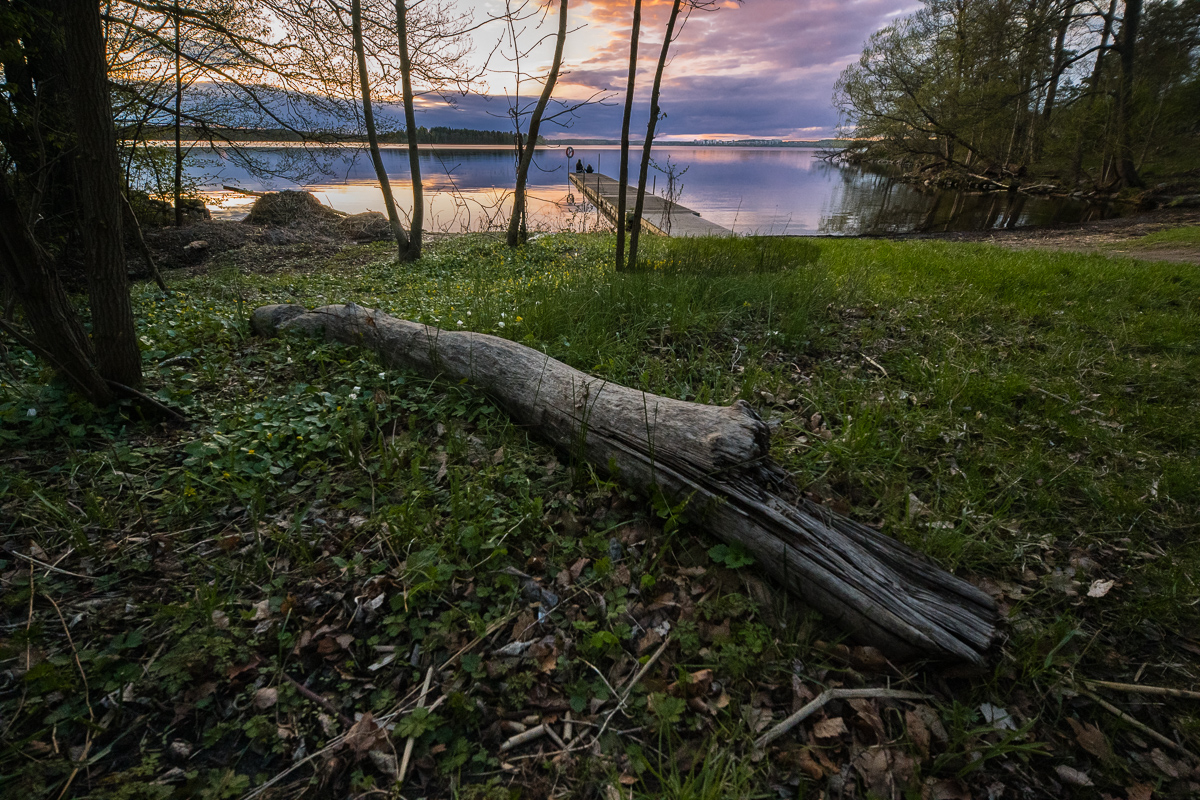
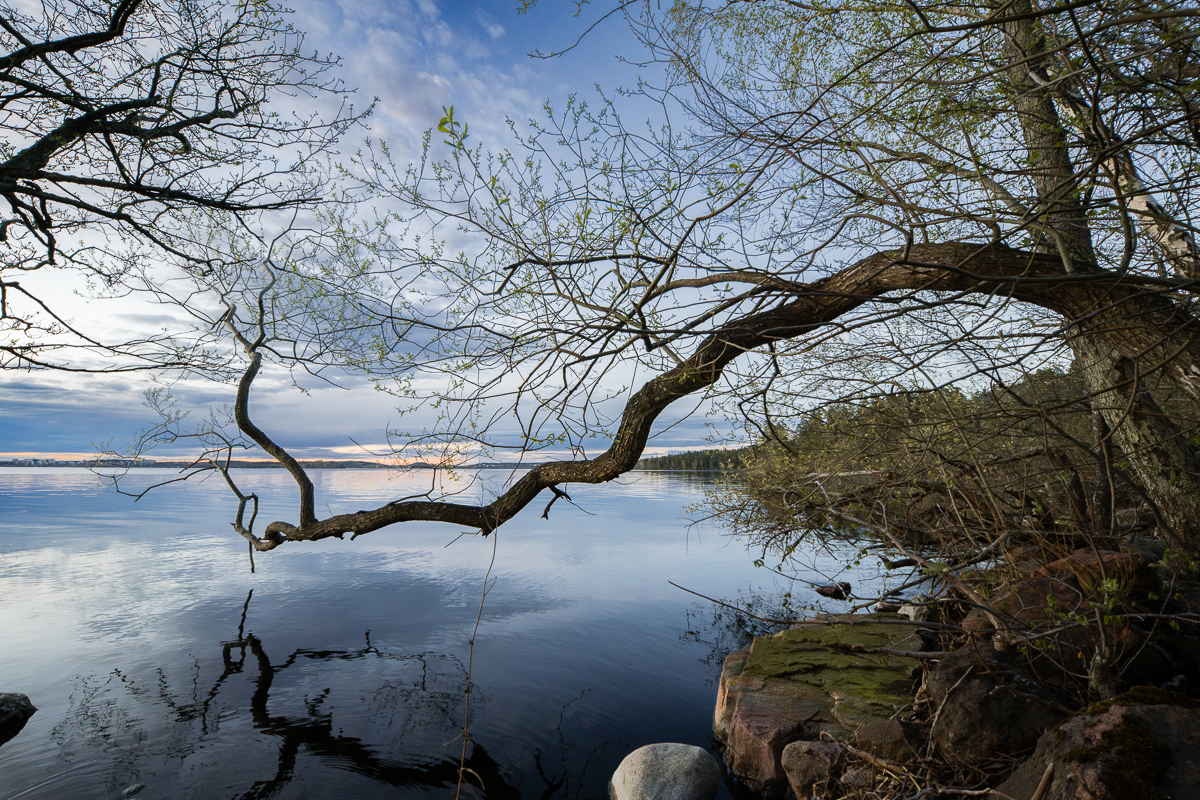
Most of the sample images in this review and many more can be found in higher resolution here.
Specifications
| 15mm f/4.5 Macro 0.5x | 15mm f/4.0 Macro 1x | |
| Focal Length | 15mm | 15mm |
| Angle of View | 110.5° | 110° |
| # of Aperture Blades | 5 | 14 |
| Max Aperture | F/4.5 | F/4 |
| Min Aperture | F/32 | F/32 |
| Min Focus Distance (Working distance) | 129 mm (35 mm) | 122 mm (10 mm) |
| Filter Size | 62mm | 72mm |
| Lens Mount | Auto-Aperture: Sony E, Nikon Z, Canon EF
Manual-Aperture: Nikon F, Canon RF, L Mount |
Canon EF / Nikon F / Sony A / Pentax K / Sony E/ L mount |
| Weight | 308 g | 410 g |
| Size (D x L) | Ø 70 mm x 78 mm (Z) | Ø 64 x 94 mm (E) |
| Elements/Group | 16 / 11 (2 aspherical elements, 3 HR elements and 3 ED elements) | 12 / 9 |
| Buy new: LAOWA Store, B&H, Amazon (anywhere) for $399 (Affiliate links) Buy used: eBay |
Disclosure
Loawa kindly provided this lens for test and review purposes, but this is a completely independent review.
Handling & Build Quality
As with other Laowa lenses, the build quality is excellent, predominantly featuring metal construction and tight assembly. This lens is manual focus only, with a large metallic focusing ring as its sole control point. The focus ring has a throw of about 90° and turns with medium resistance, though it is nicely damped. The lens extends by about 1 cm when focusing at minimum focusing distance (MFD), but the front element does not rotate.
The focus distance in meters and feet, along with magnification ratios of 1:5, 1:4, 1:3, and 1:2, are engraved and filled with ink on the focus ring. A depth of field scale is also engraved and painted on the lens barrel. Additionally, the lens name and other markings around the front lens element are engraved and ink-filled.

The lens has no control buttons or aperture ring. However, electronic contacts on the mounting plate allow the aperture to be adjusted via the camera in one-third stop increments, and lens data is transmitted to the camera. A micro USB port on the lens barrel also enables future firmware updates
A sealing gasket is located beneath the metallic mounting plate, offering additional protection against dust and moisture.
In addition to the front and rear caps, a small metallic petal-shaped lens hood is included in the box.

The older f/4 1x macro lens includes a shift mechanism, which is missing on this lens — so one point to the older lens. This newer lens, on the other hand, is both smaller and lighter, earning it one point for improved portability. It also features electronic contacts for EXIF data transmission — another point. Additionally, it includes environmental sealing, which the older lens lacks — giving the newer lens yet another point.

Optical Features
Sharpness (Infinity)
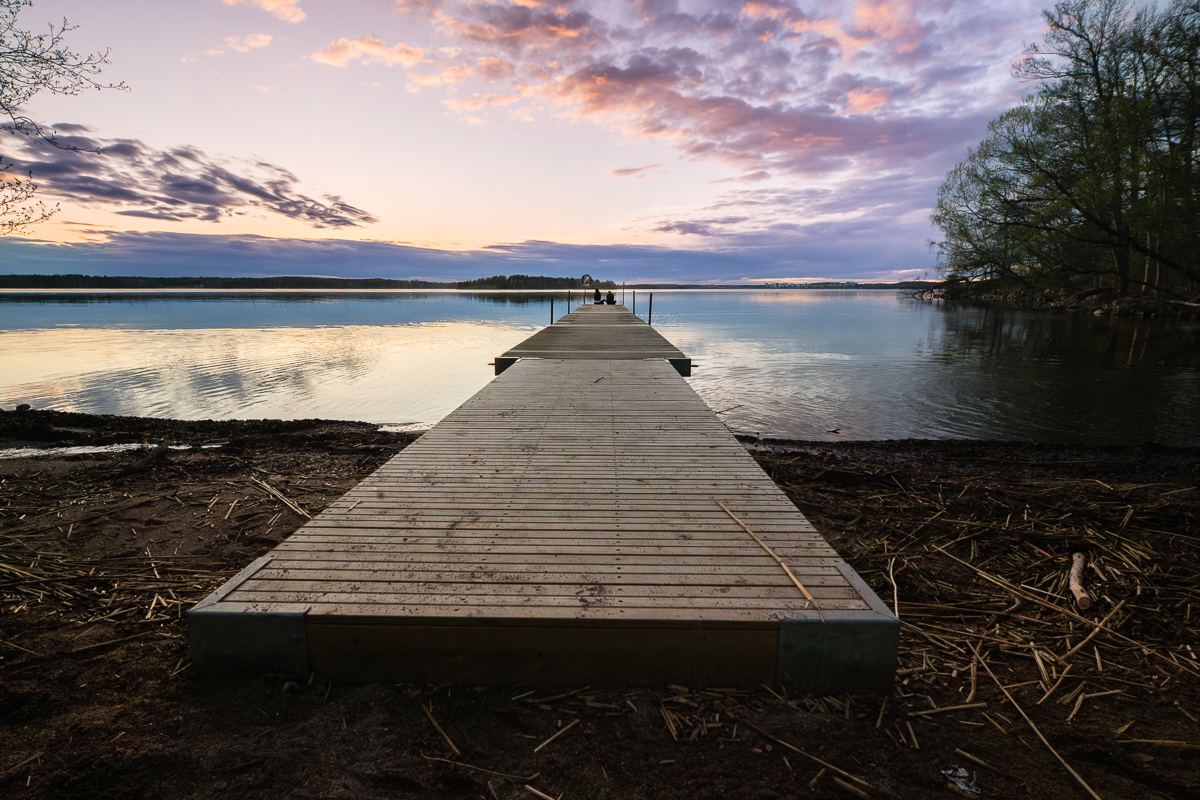
For the infinity sharpness test, we look at three areas of the image, centre, mid-frame, and corner, see highlighted areas in the image below!
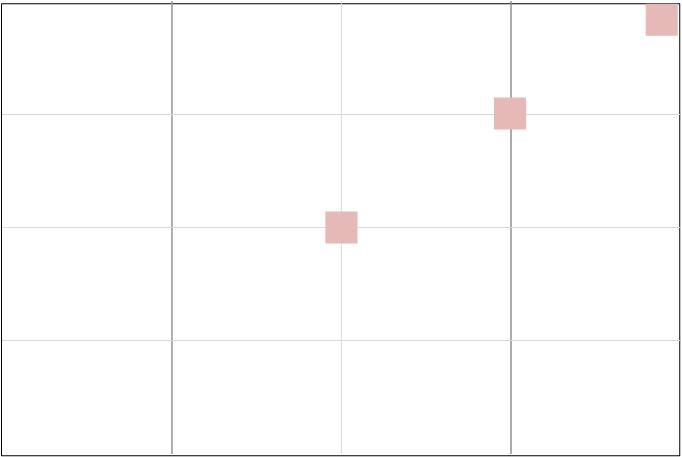
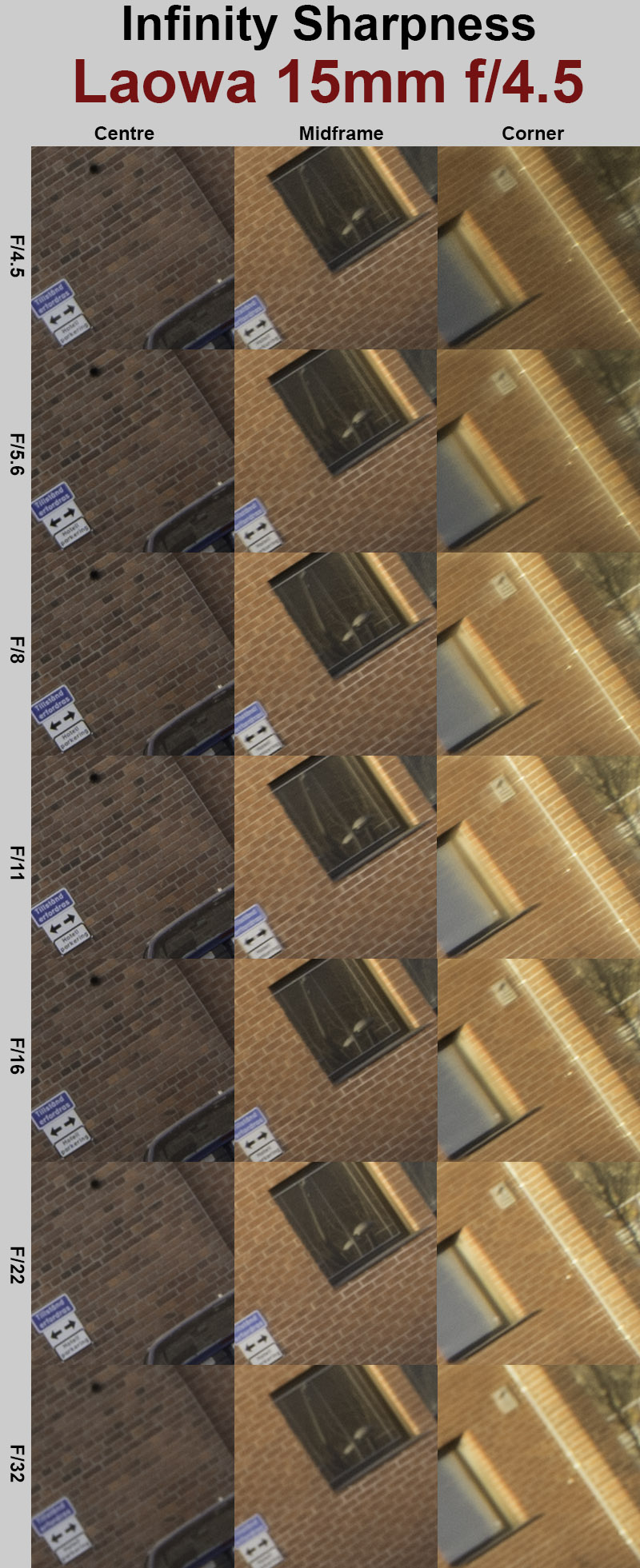
Infinity sharpness is excellent in the center even wide open at f/4.5, and improves slightly when stopped down. The midframe is good at f/4.5 and f/5.6, but it softens at f/8 and f/11 before improving again at f/16. This is a behavior we’ve seen in only a few lenses. Corner sharpness ranges from usable to good at its best and remains fairly consistent across the aperture range.
In this category, the lens shows a clear improvement over the earlier 15mm f/4 1x model, particularly in the midframe and corners.
Sharpness (Close-up)
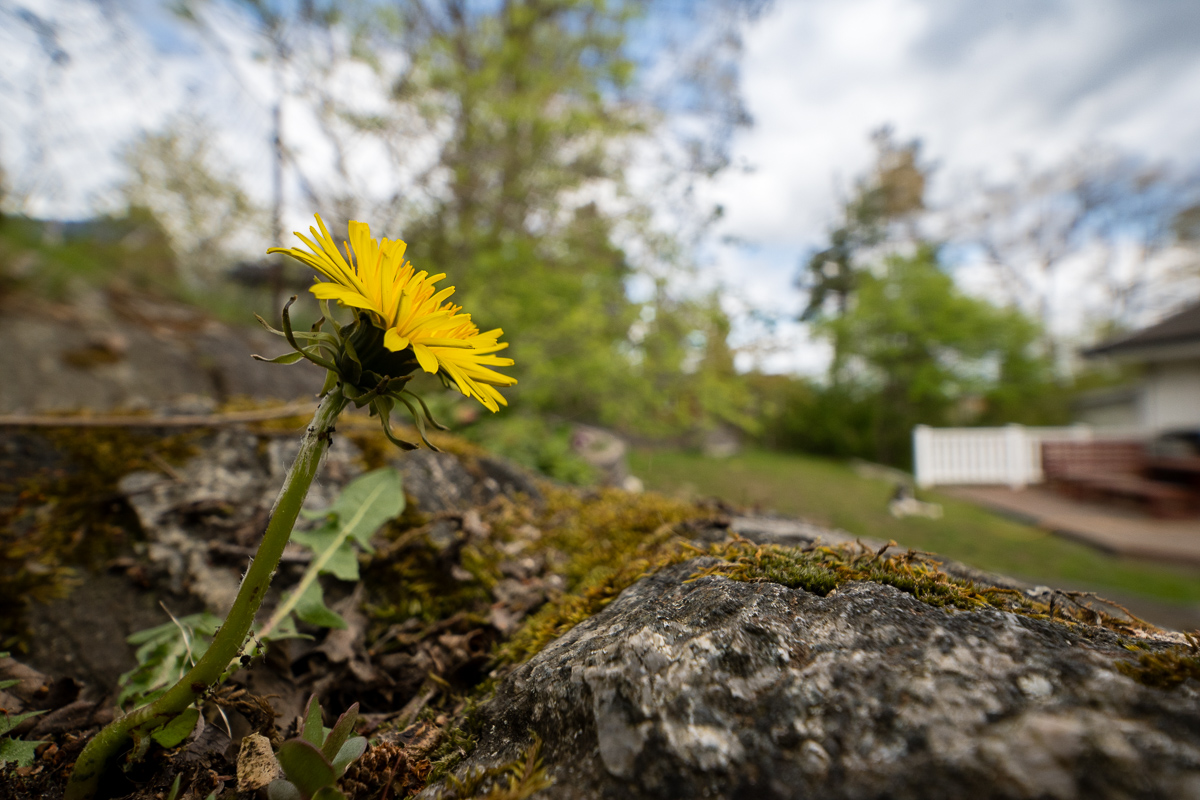
Close-up sharpness is excellent in the centre of the image from f/4.5 (wide open). It gets better by stopping down with its peak sharpness at f/8. The sharpness gets a dip at f16 due to diffraction, and the effect becomes more visible at f/22 and most at f/32. Nonetheless, f/16 is still very good, and f/22 is good, with f/32 still usable.
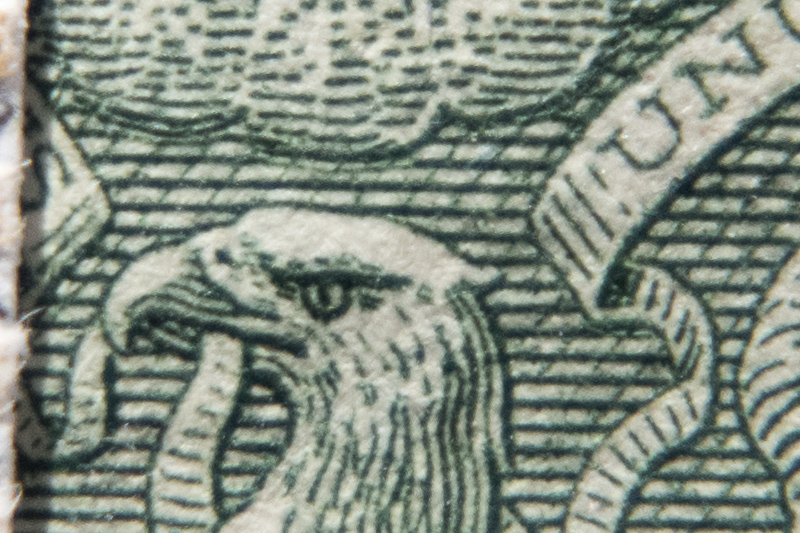

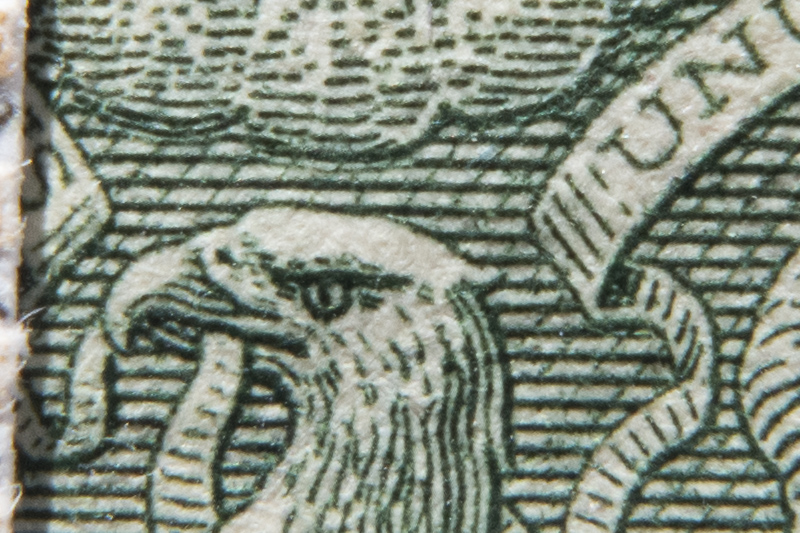


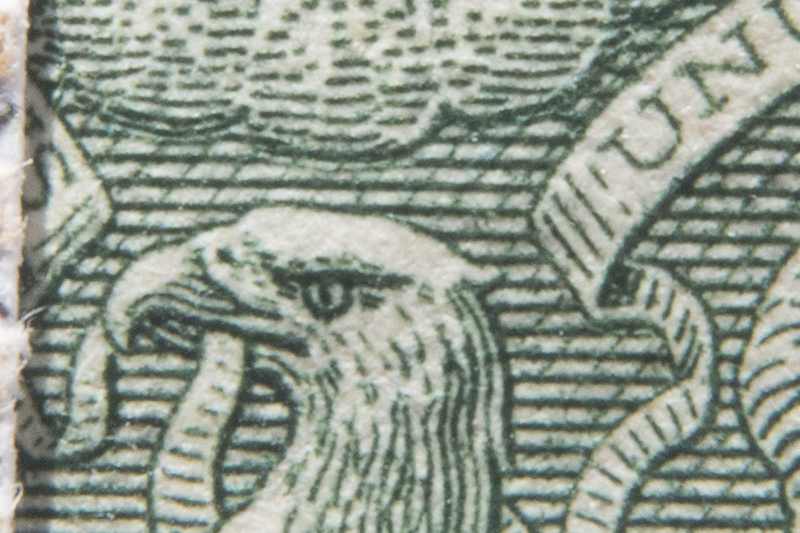
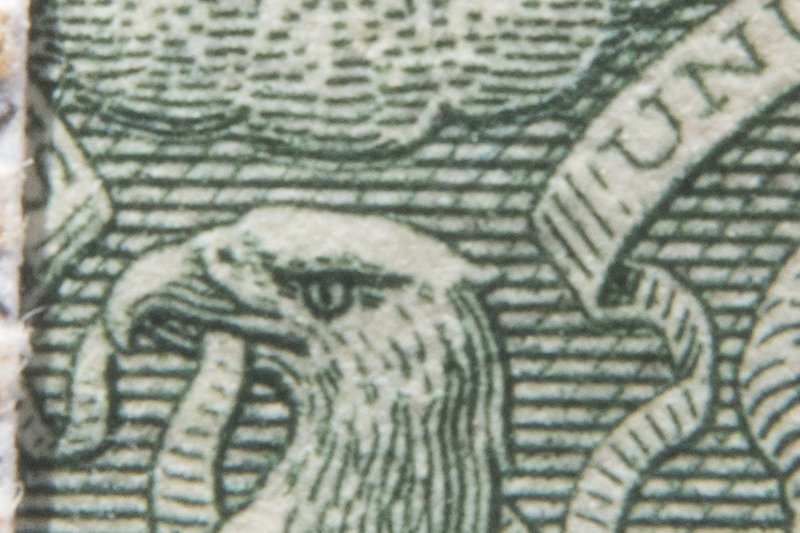
The farther you move from the centre, the less sharp the image becomes. For good sharpness at the rule-of-thirds intersections, you’ll need to stop down to f/8 or f/11. For acceptable sharpness at the one-fourth intersections, stopping down to at least f/16 is necessary, but f/22 is recommended.
Even the sharpness near the minimum focus distance seems to be better than on the older model, so that’s another point for the new lens.
It’s worth noting that the older lens offers true macro capability with 1:1 magnification—double that of this lens—earning it a point. However, achieving 1:1 magnification requires positioning the lens as close as 1 cm from the subject, which often causes the lens to shade the subject and makes focusing and lighting difficult. In practice, you may end up touching the subject before achieving focus. So, while the older lens has the advantage on paper, its 1x macro feature proves impractical in real use.
Lens Distortion
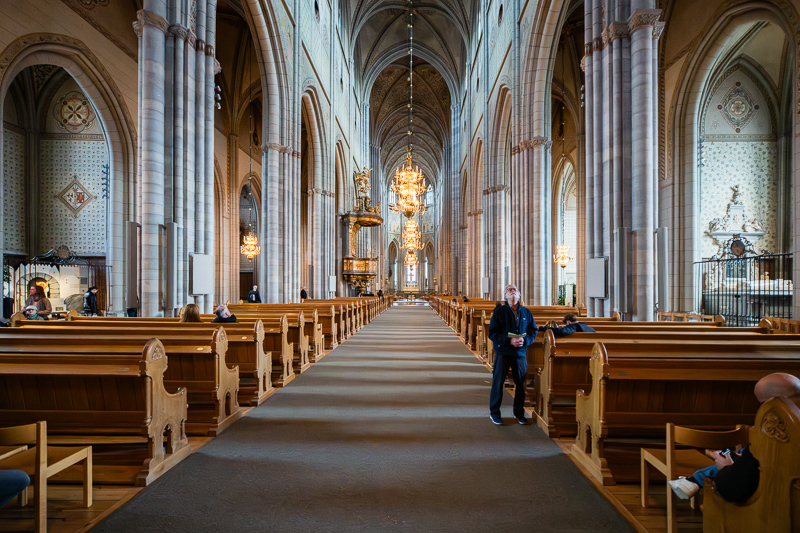
While this lens isn’t part of Laowa’s Zero-Distortion series, distortion is impressively well-controlled — virtually nonexistent, which is quite rare. However, there’s a catch. Like Nikon, Laowa appears to be using a trick: the camera applies built-in distortion correction that can’t be turned off. It also embeds a lens profile in the RAW file, so when you open it in Lightroom, the software automatically applies the correction — and doesn’t let you disable it. The result is a distortion-free image, but not entirely due to optical design alone.
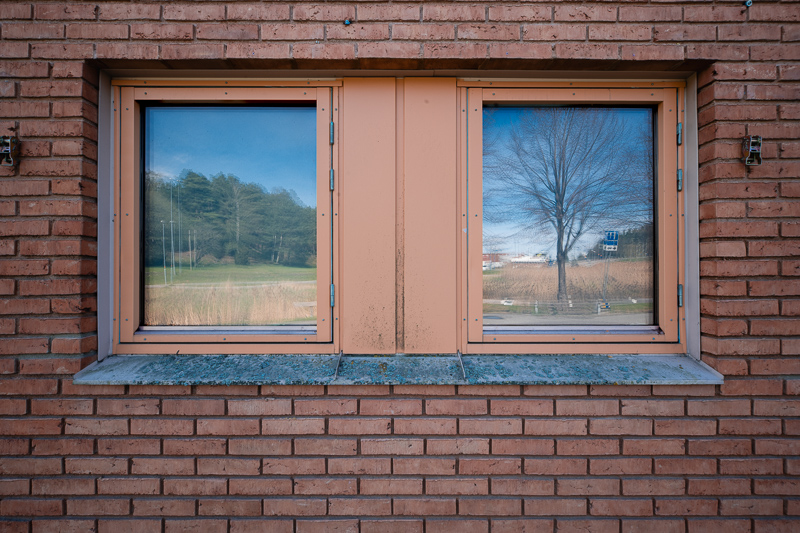
The older 15/4 1x lens showed a wavy, difficult to correct distortion, which this lens seems to be free from. Another improvement for this new lens.
Vignetting
The vignetting from this lens is among the best for ultra-wide-angle (UWA) lenses. It only exhibits 2.3 EV of vignetting wide open (at f/4.5), and this improves significantly when stopped down, with light fall-off becoming negligible beyond f/8.
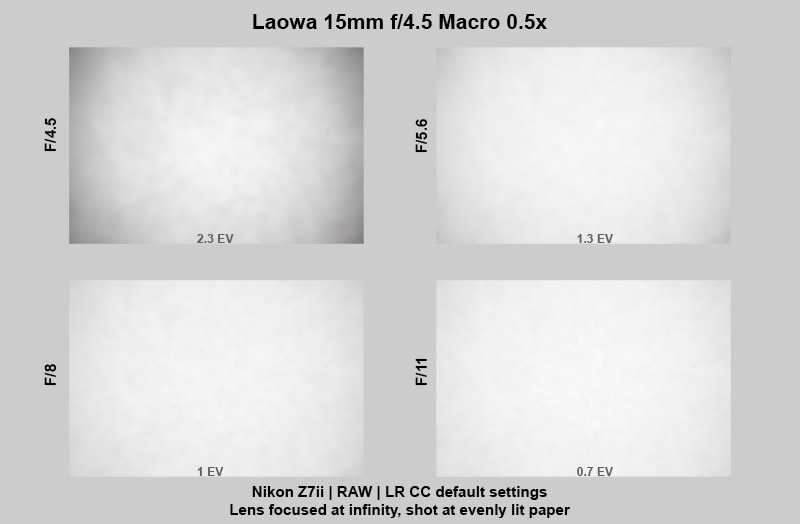
- F/4.5: 2.3 EV
- F/5.6: 1.3 EV
- F/8.0: 1.0 EV
- F/11.0: 0.7 EV
Clear improvement compared to the older 15/4 1x model, so another point for the 15/4.5 0.5x.
Focus Shift & Aberrations
As a very wide and relatively slow lens, it shows no signs of longitudinal chromatic aberration—so there’s nothing to worry about on that front.
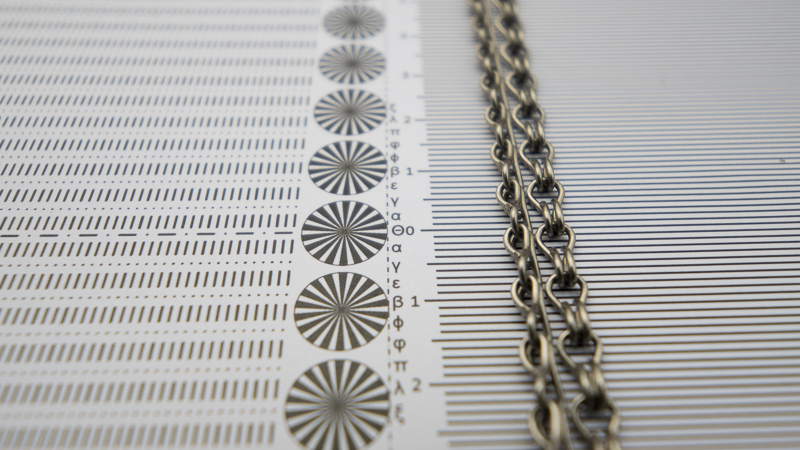
Lateral chromatic aberration, on the other hand, is visible in the corners—as demonstrated in the following 100% crops—both at infinity focus and at close distances. However, the aberration is not excessive and falls within an average range.
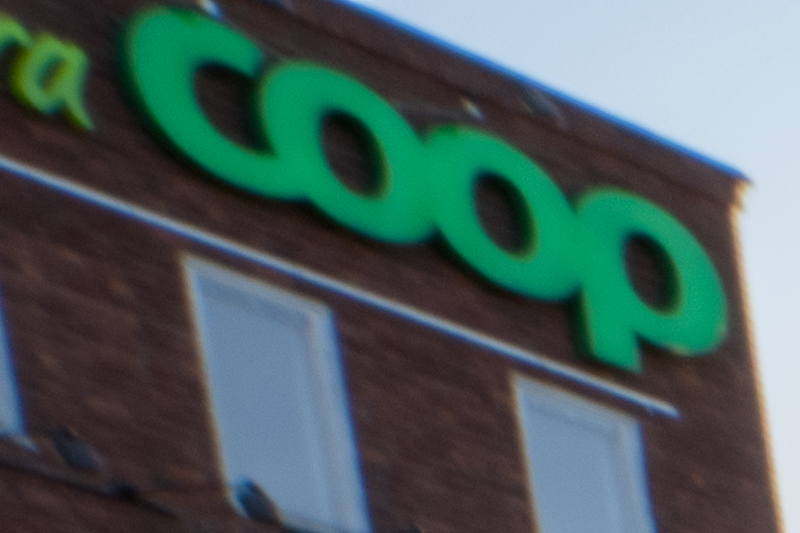

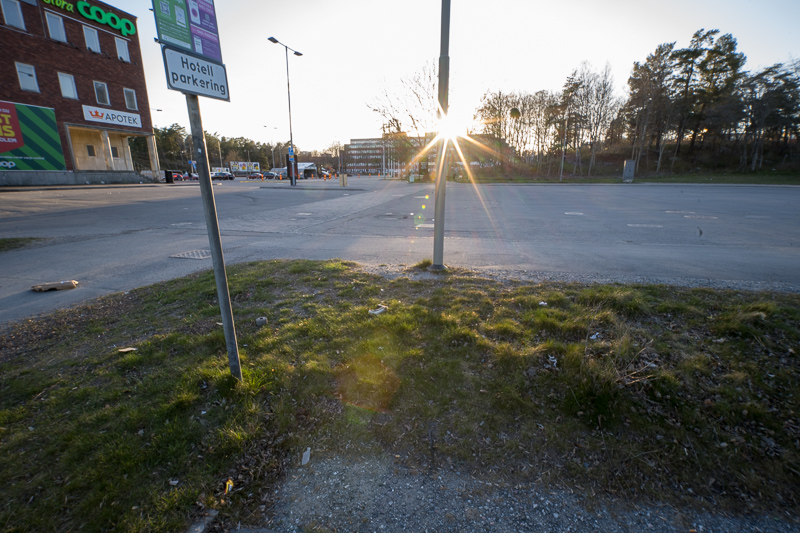
Close Focus
In this area, performance is on par with the older model—so it’s a draw.
Flare Resistance
Laowa, like many other Chinese lens brands, has had its fair share of flare issues—and this lens is no exception. However, it seems they’ve made some improvements here. While ghosting flares can still occur, they are generally less distracting, and the lens shows better-than-average resistance to veiling flare.
Flare resistance is much better than on the older 15mm f/4 1x lens — another point for the newer model.
Coma
Although a 15mm lens is an obvious candidate for astrophotography, a maximum aperture of f/4.5 is not ideal. While you can get away with longer shutter speeds for the occasional astro shots, the lens really needs to perform well wide open—especially in terms of coma. Unfortunately, while coma performance isn’t terrible, it’s not particularly good either, and it doesn’t improve significantly until you stop down to around f/16.
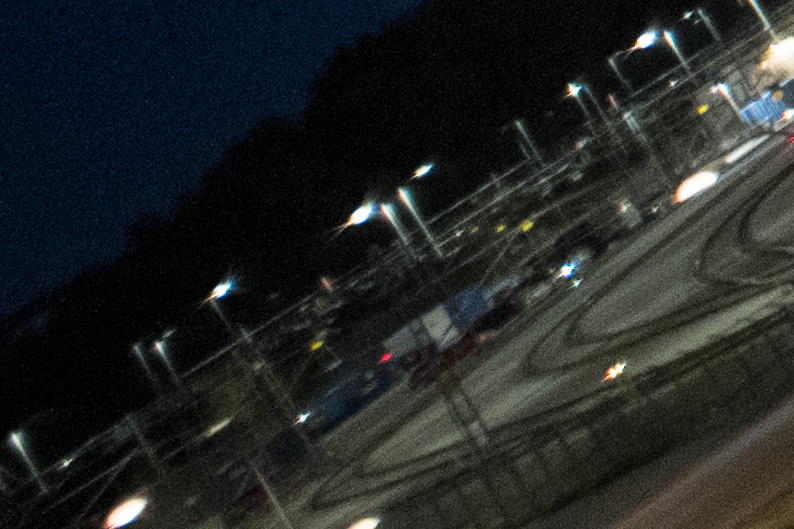
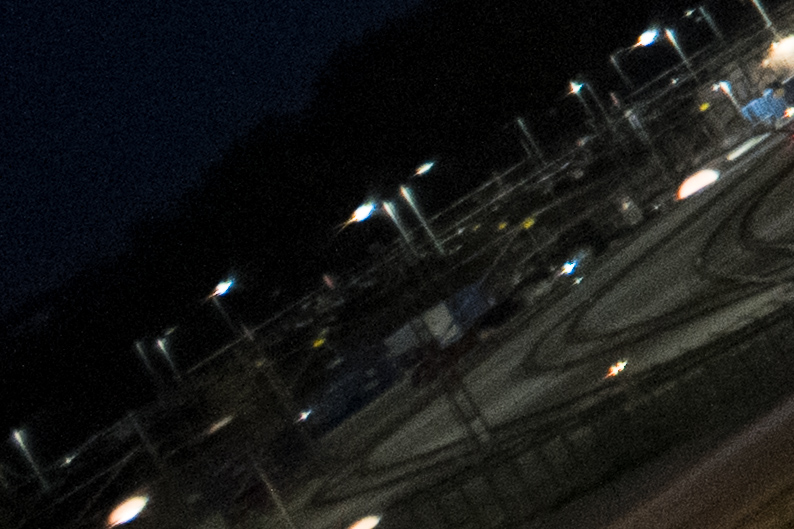
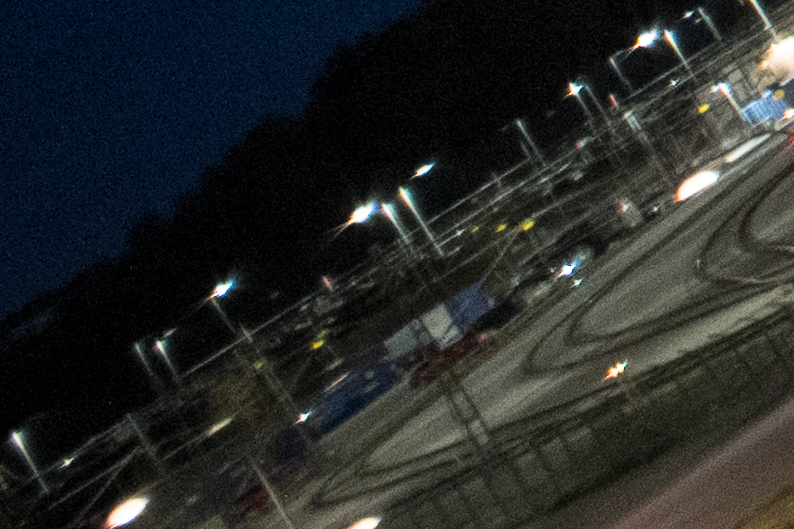
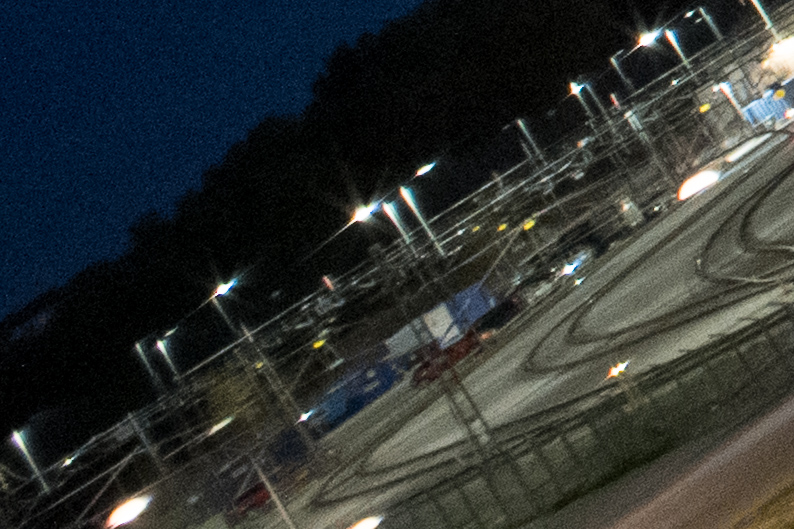

Sunstars
When I first saw the specifications for this lens, I was a bit surprised to find that it only has 5 aperture blades. I wasn’t concerned about bokeh—after all, this is a 15mm lens—but I was curious about how it would handle sunstars. Laowa typically uses even-numbered blade designs, which often produce attractive sunstars, and I had never seen impressive results from a 5-blade aperture before. But I was wrong—this lens actually produces very nice sunstars, even starting at f/5.6. By f/8, they look quite good and improves by further stopping down. Well done.
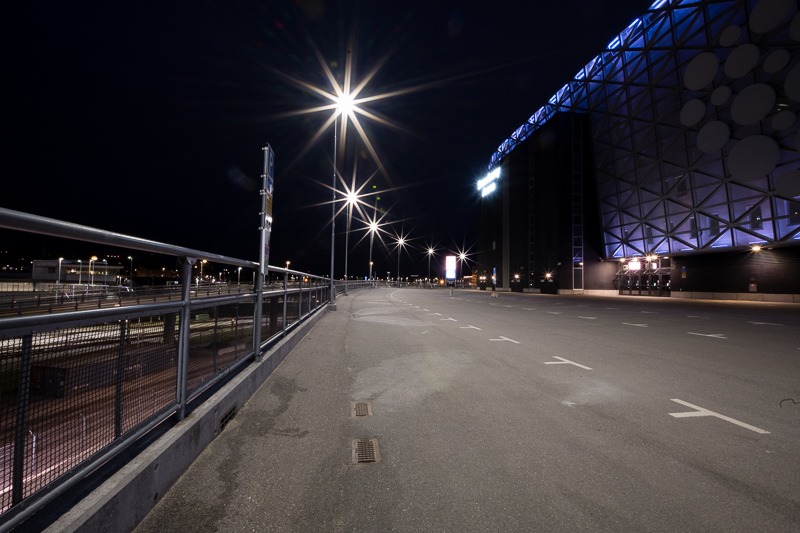
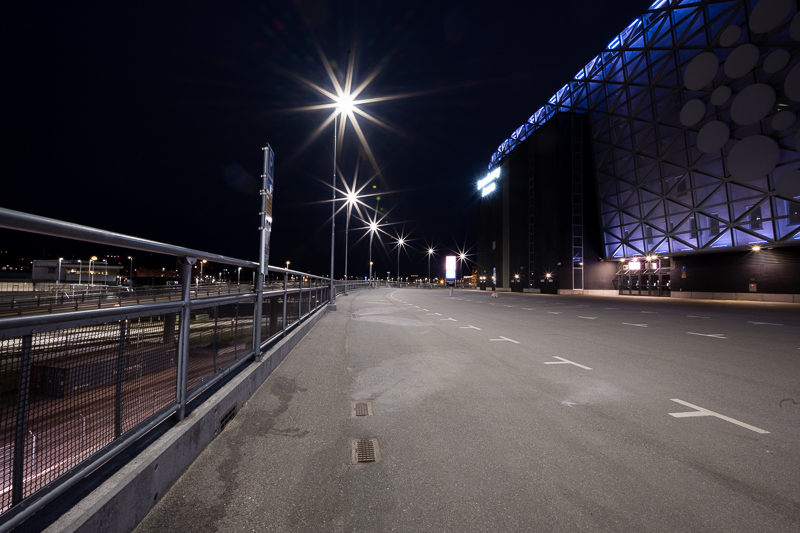

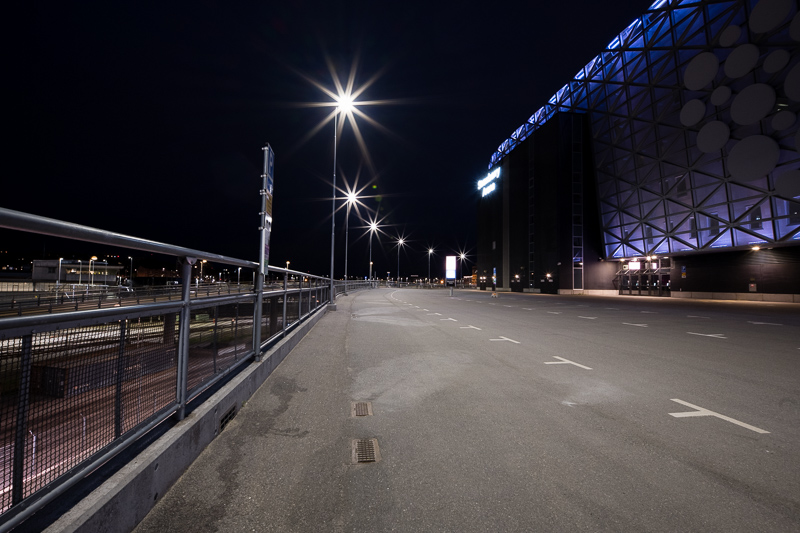
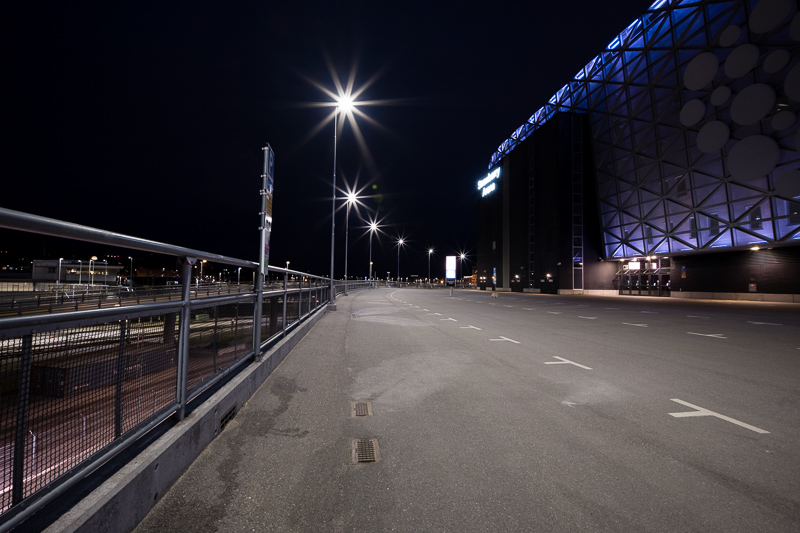

Focus Breathing
While this lens can focus as close as a few centimetres, I tested focus breathing at a distance of approximately one meter to near infinity. Even at this setting, the focus breathing is quite noticeable.
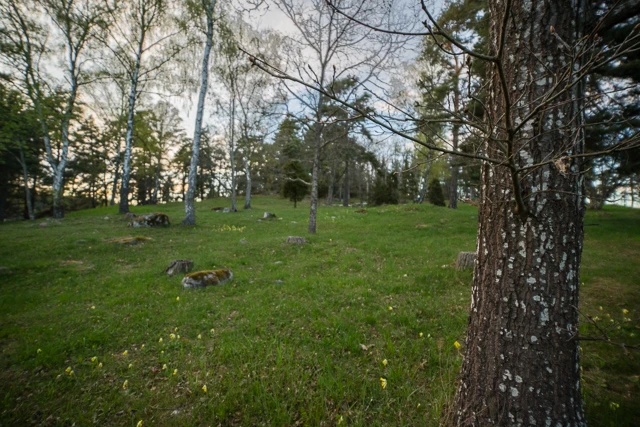
Bokeh
An ultra-wide-angle lens with a maximum aperture of f/4.5 isn’t something you buy for its bokeh or subject separation, and we usually don’t spend much time discussing it in reviews of such lenses. However, in this case, the extremely short minimum focusing distance makes a significant difference.
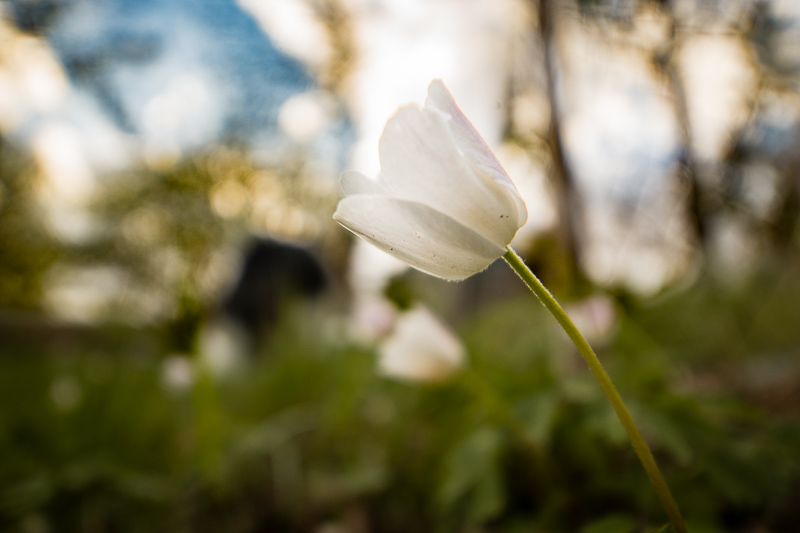
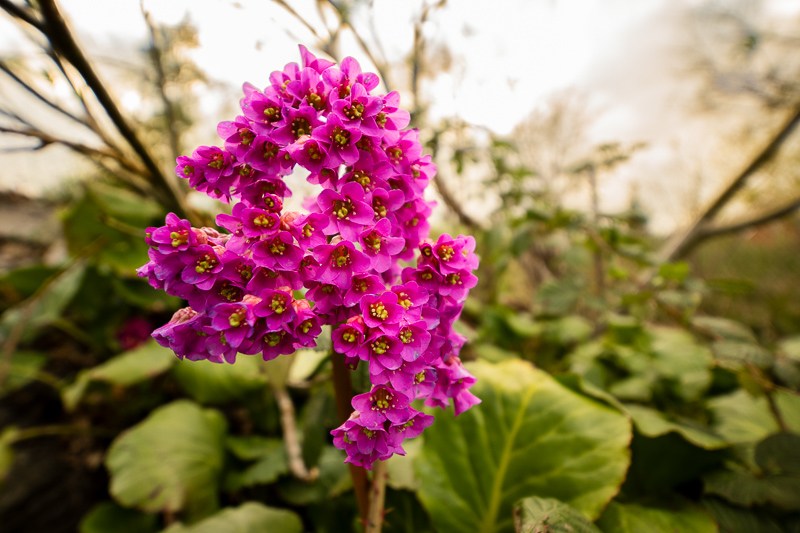

As you can see, the background blur is quite pleasant and unobtrusive — at least to my eye.
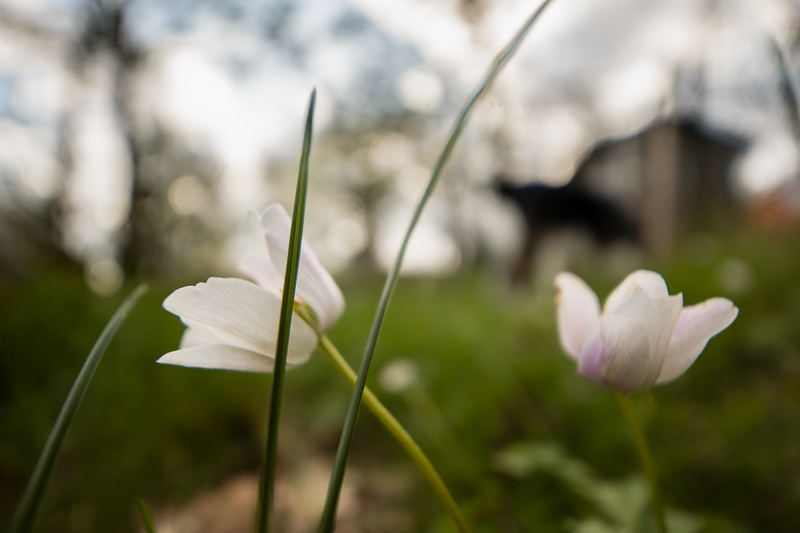

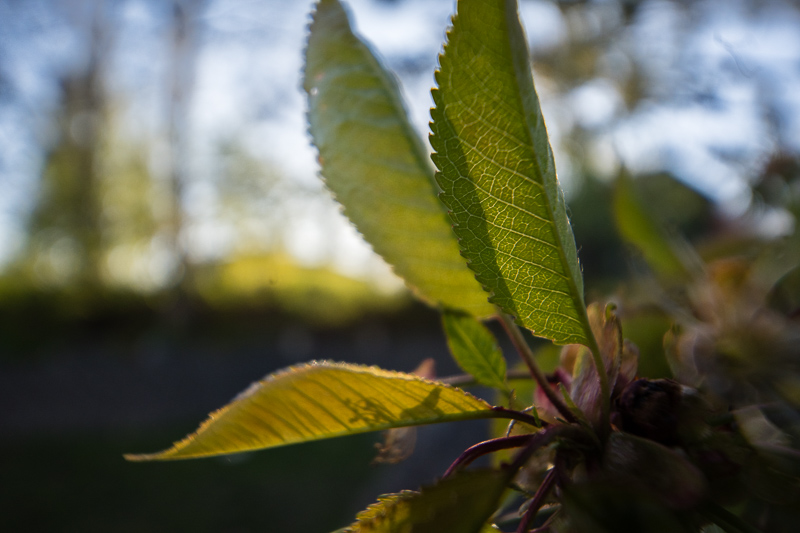
Even at larger distances than MFD the background blur is not disturbing
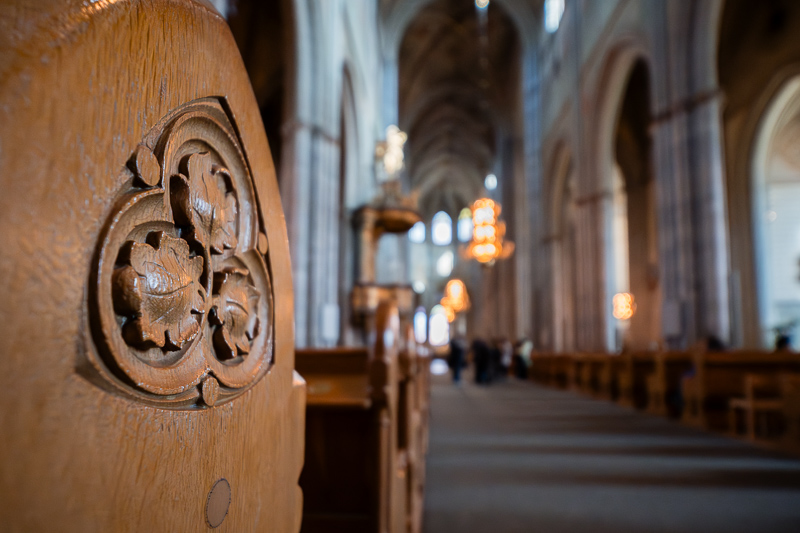
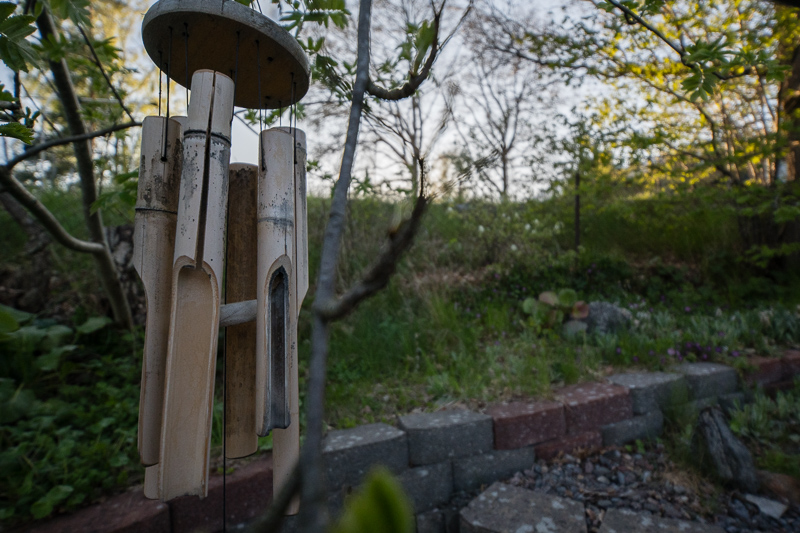
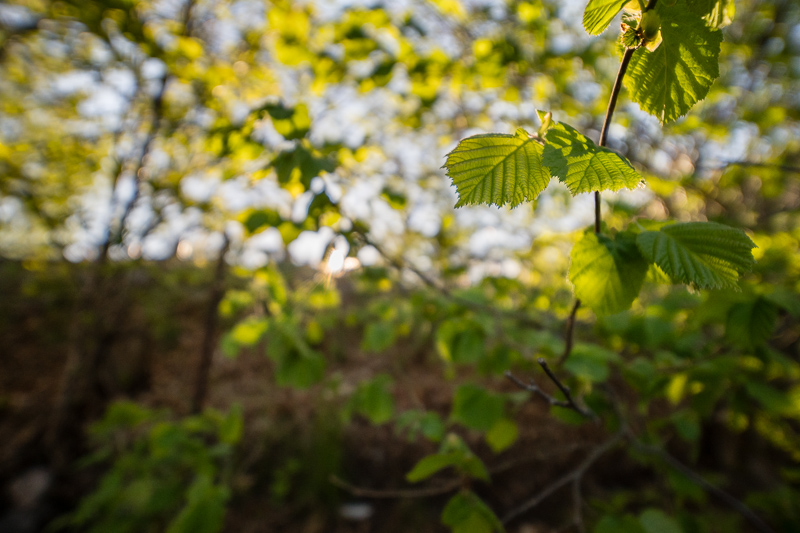
In this category, we don’t award points to either lens, as both produce pleasing bokeh—at least to my eye. After all, the beauty of bokeh is in the eye of the beholder. Take a look at the images here and other samples to see how it appeals to you.
Conclusion
| I LIKE | AVERAGE | I DON’T LIKE |
| Centre sharpness Closeup sharpness Bokeh Longitudinal CA correction Build quality Size/weight Distortion correction Vignetting EXIF Data |
Lateral CA correction Midframe sharpness Price |
Flare resistance (+)
Corner sharpness |
This is one of the very few lenses that offers macro (or near-macro) capabilities in an ultra-wide-angle design. While it performs strongly at close distances, it also delivers good results at normal distances, making it usable for landscape and architectural photography as well. I’d classify it primarily as a wide-angle macro lens that also can handle landscapes and architecture — rather than the other way around.
For pure landscape or architecture photography, there are certainly better options — but they, of course, can’t focus nearly as close as this one.
So, is it better than the older 15mm f/4 1x? Optically, absolutely. It outperforms the older lens in almost every respect — both in image quality and practical usability — and is cheaper too. That said, the older model does offer true 1:1 macro capability (although it’s somewhat impractical due to its 1 cm working distance), includes a shift mechanism, and is 1/3 of a stop faster.
IMPORTANT NOTE:
If you get this lens, check the firmware version. If it’s 002, update it via USB to at least version 004 to prevent battery drain when the camera is left on.
If you are not interested in buying any of the lenses, but you still found this article useful, interesting, or it saved you a lot of money, treat us to a coffee (donate)!
| Buy new: B&H, Amazon (anywhere) for $ (Affiliate links) Buy used: eBay |
Alternatives
There is only one other alternative:
Laowa 15mm 4.0 Macro
The Laowa 15mm f/4 Macro has 1:1 magnification and is 1/3 of a stop faster, in addition to its shift mechanism. I’ve compared it with the reviewed lens to provide a comprehensive understanding.
| Buy new: LAOWA Store, B&H, Amazon (anywhere) for $399 (Affiliate links) |
Buy used: ebay.com, ebay.de, ebay.co.uk from $ (Affiliate links)
More Sample Images

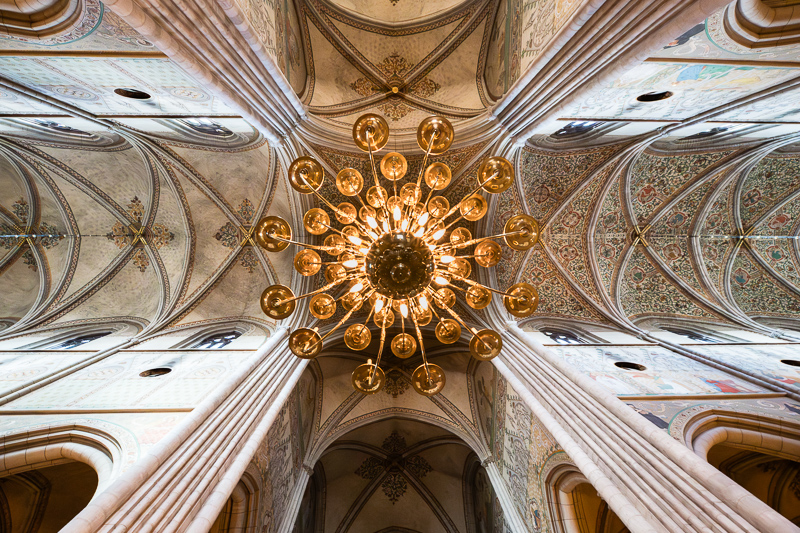
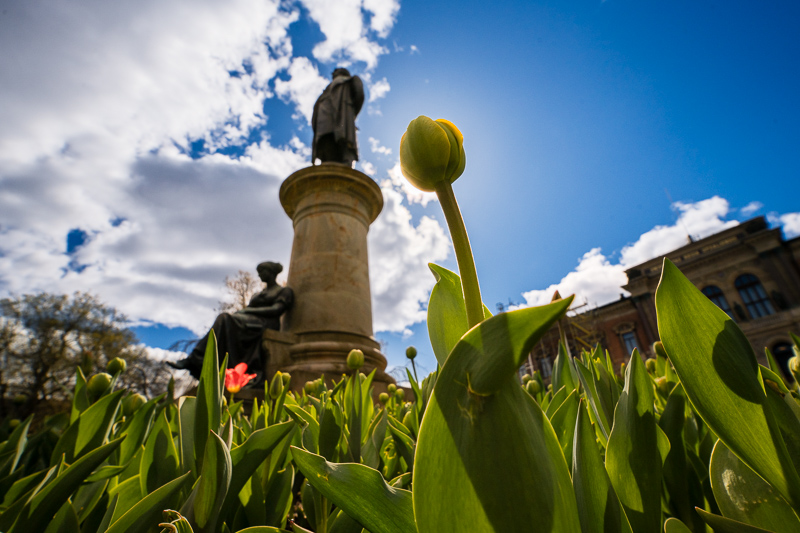
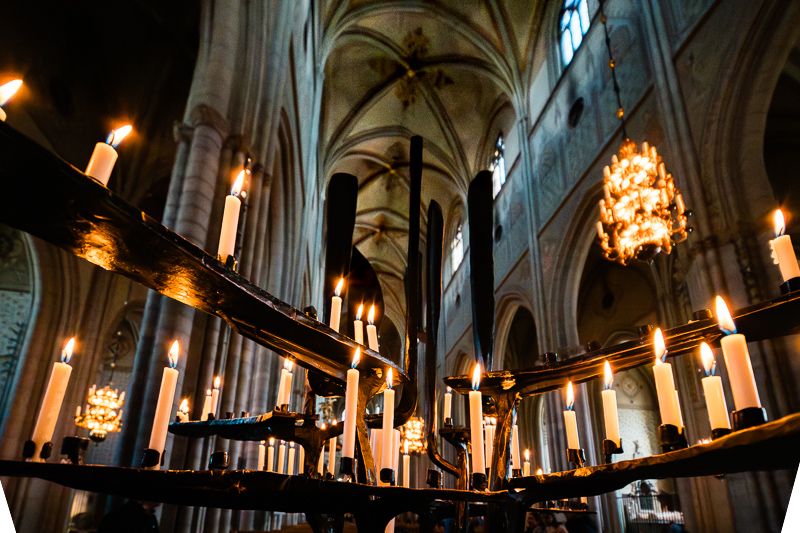

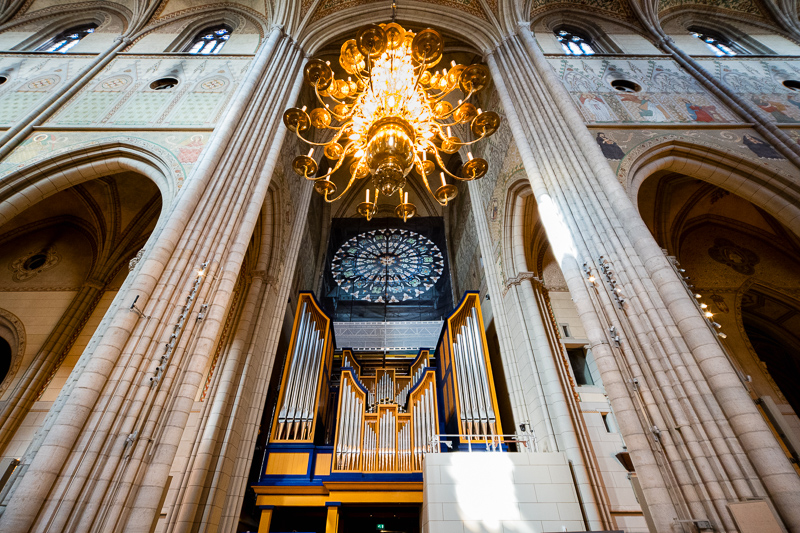
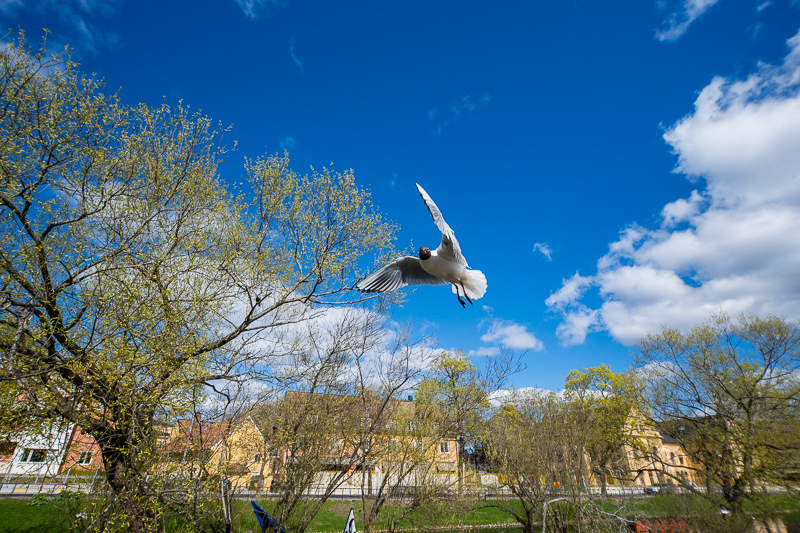




Most of the sample images in this review and many more can be found in higher resolution here.
Further Reading
- What camera gear and accessories do I use most frequently?
- Review: Laowa 15mm 4.0 Macro
- Review: Laowa FFII 58mm f2.8 CA-Dreamer Macro 2X APO
- Review: TTArtisan 100mm f/2.8 Macro 2X
Support Us
Did you find this article useful or did you just like reading it? It took us a lot of time and money to prepare it for you. Use the Donate button to show your appreciation!
![]()

(Donations via Paypal or bank card)
What’s in my camera bag? MY 2024 KIT!!
- Main camera : https://amzn.to/3TsGtKg
- Camera grip : https://amzn.to/4e0G3CR
- Memory Card 1: https://amzn.to/47pA20i
- Memory Card 2 : https://amzn.to/3XHYxlZ
- Camera 2 : https://amzn.to/3Xifou8
- Camera grip: https://amzn.to/4dYYpV9
- Memory card 1: https://amzn.to/4e5h2H0
- Memory card 2: https://amzn.to/3zu7W7n
- Small travel tripod: https://amzn.to/4goIX68
- Mini tripod: https://amzn.to/4e09XXX
- Small shoulder bag: https://amzn.to/47tPMiY
- Medium shoulder bag: https://amzn.to/4ej4bjY
This site contains affiliate links, for which I may receive a small commission if you purchase via the links at no additional cost to you. This helps support the creation of future content.
Martin
Latest posts by Martin (see all)
- REVIEW: 7Artisans AF 35mm f/1.8 - October 15, 2025
- REVIEW: Nikon AI Nikkor 24mm f/2 - October 12, 2025
- REVIEW: Viltrox Spark Z3 Flash - October 10, 2025
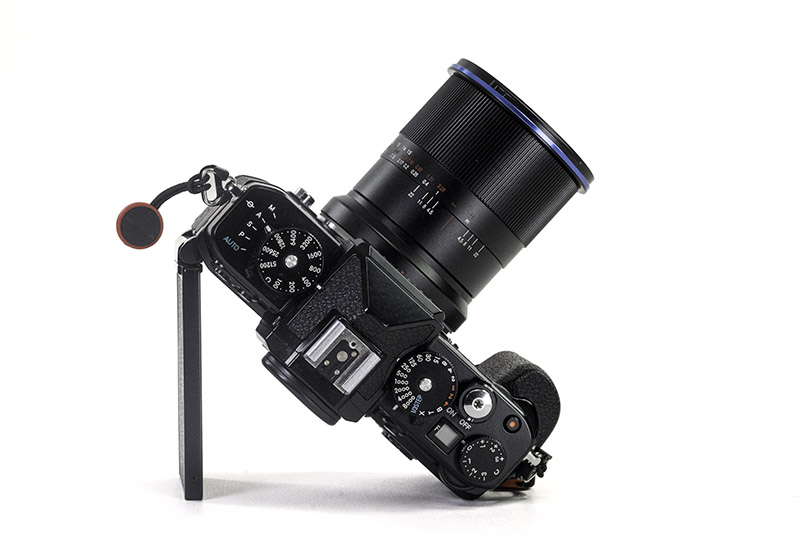


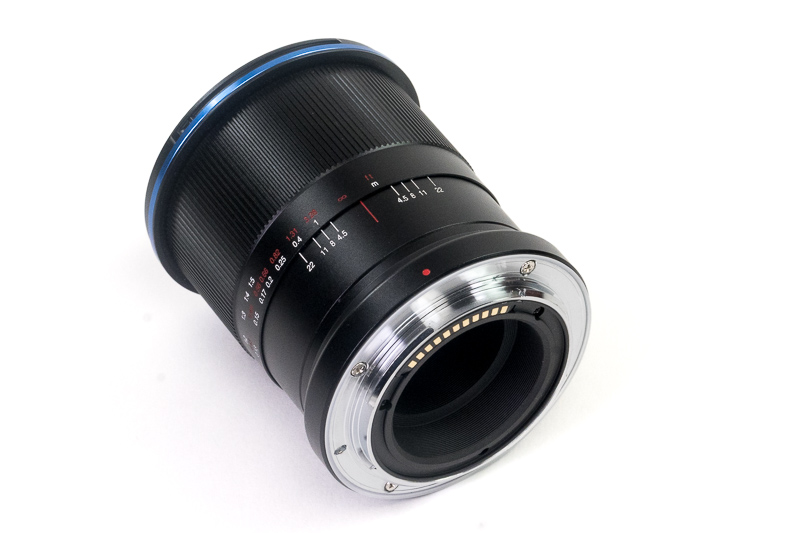
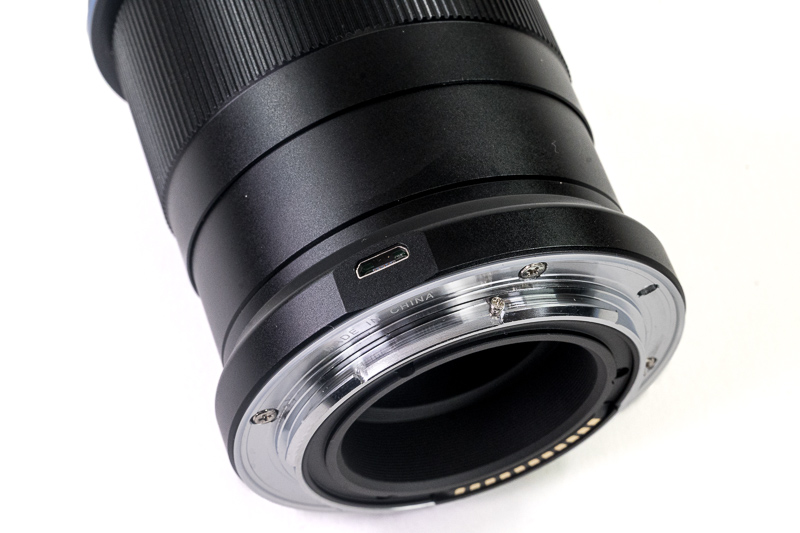
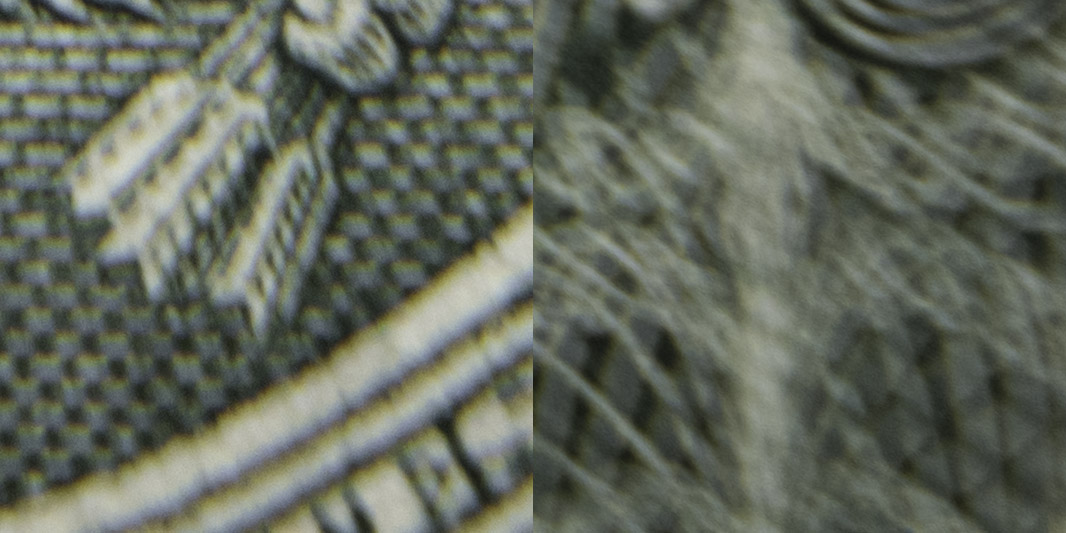

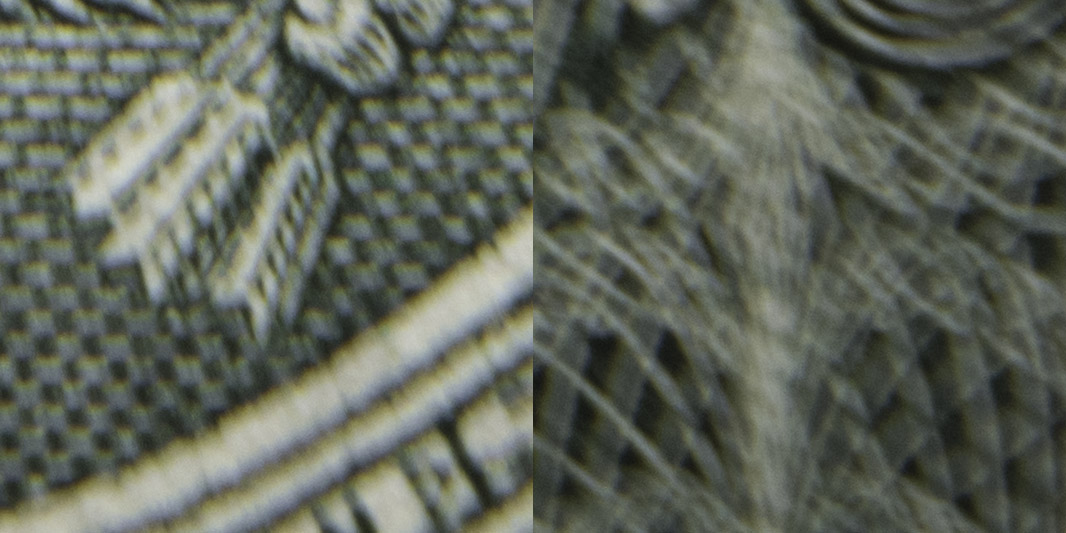

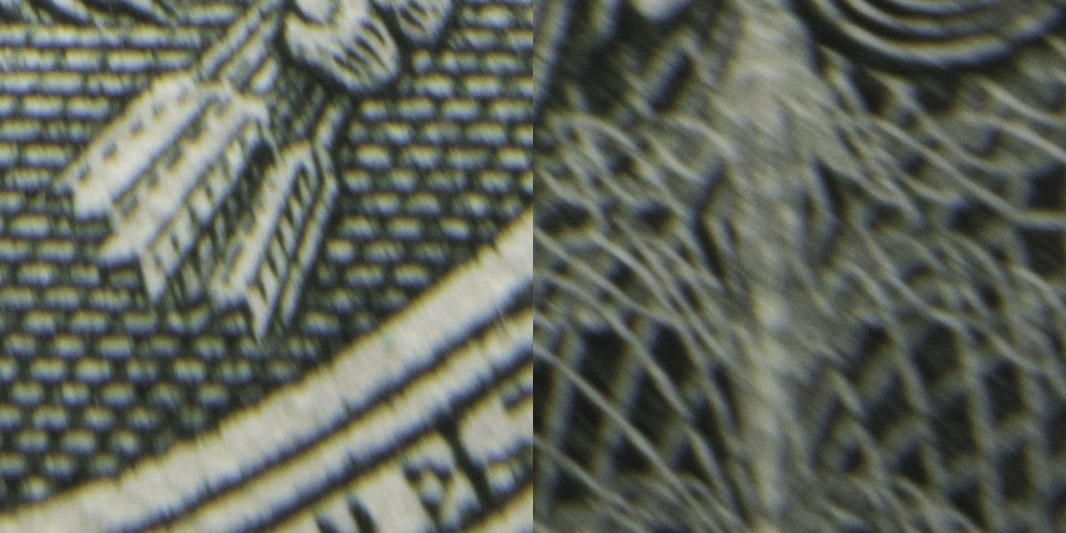
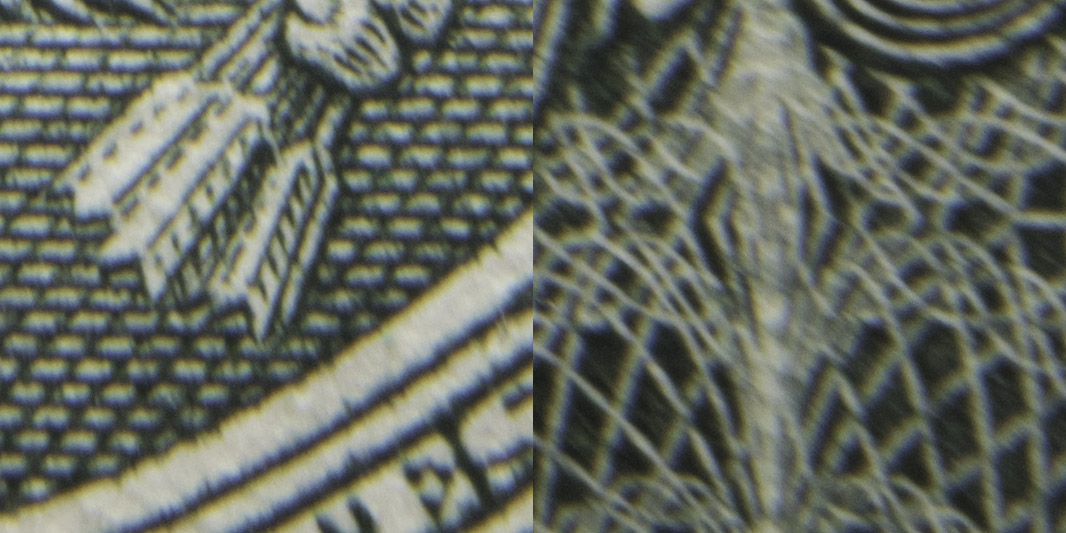
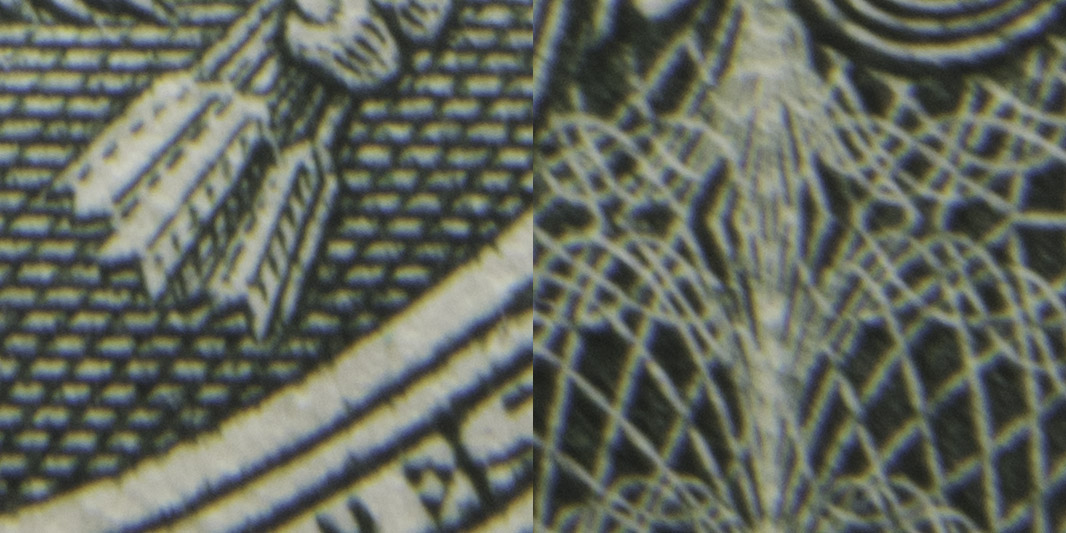
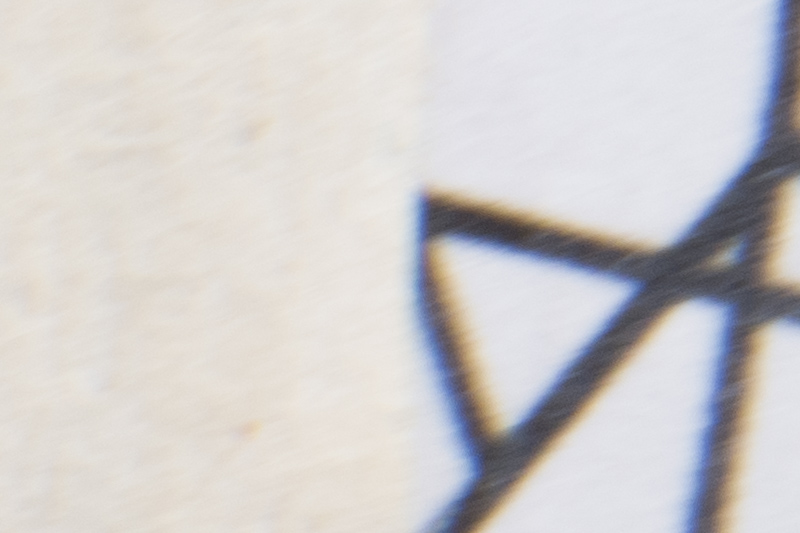
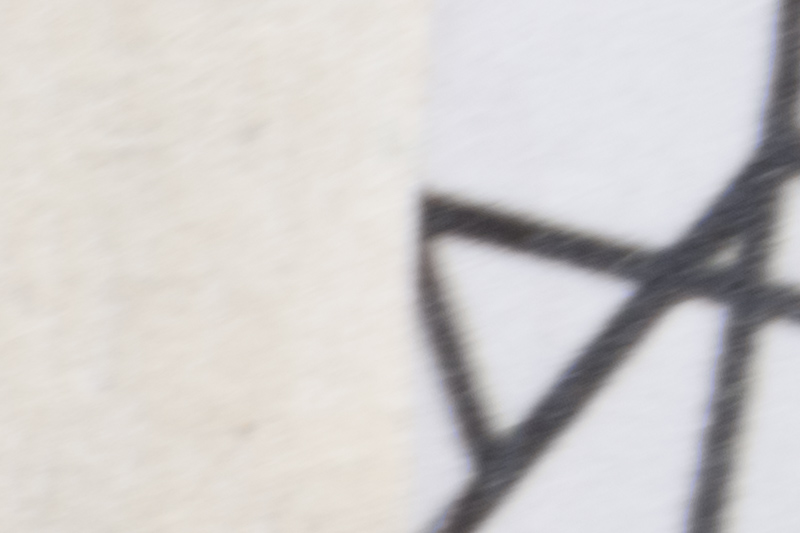
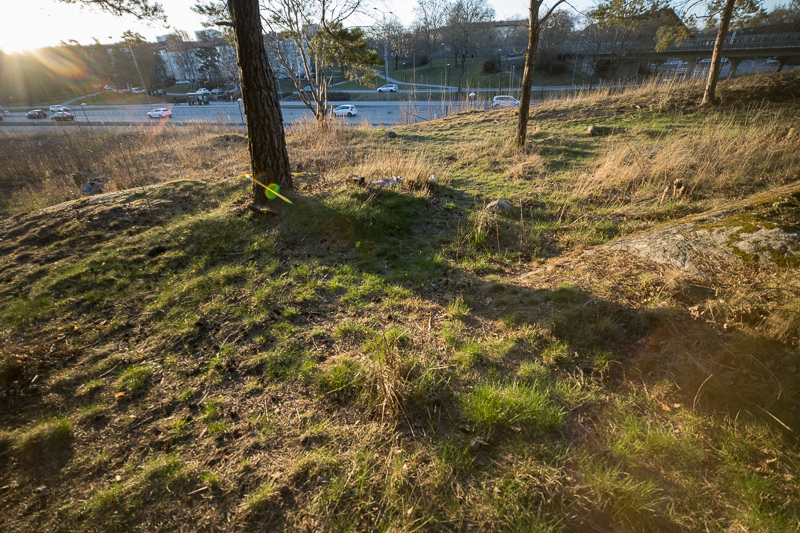


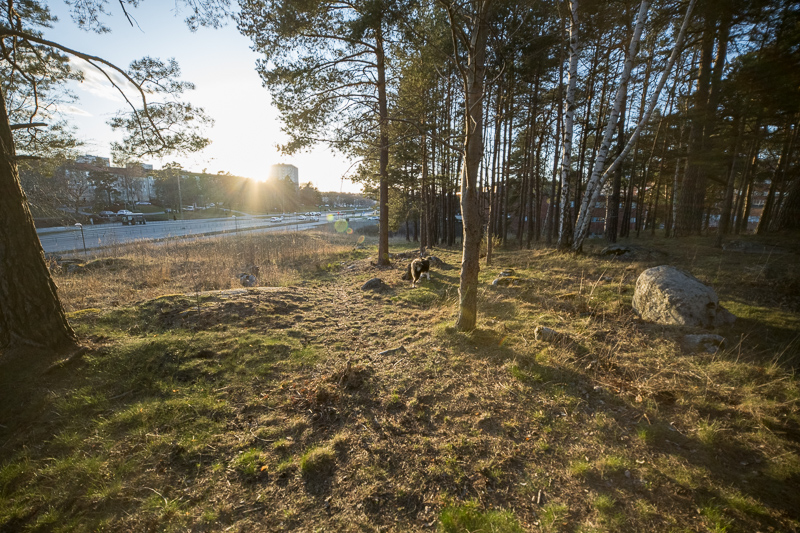
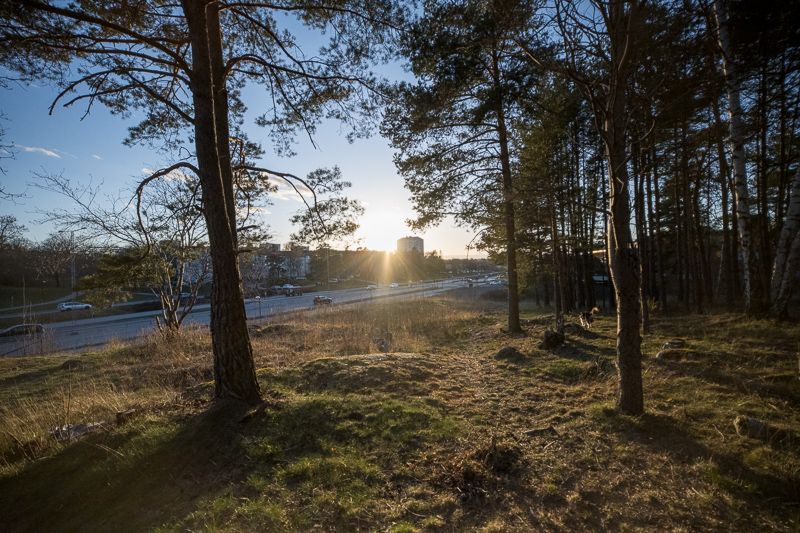
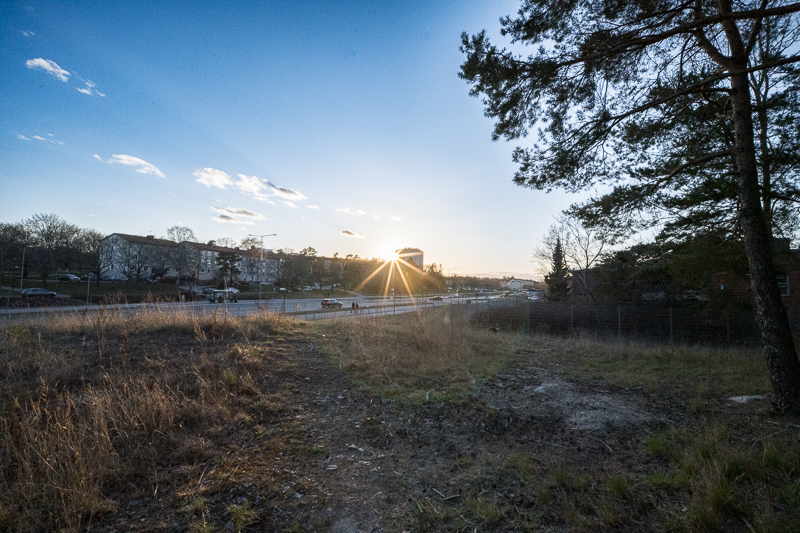
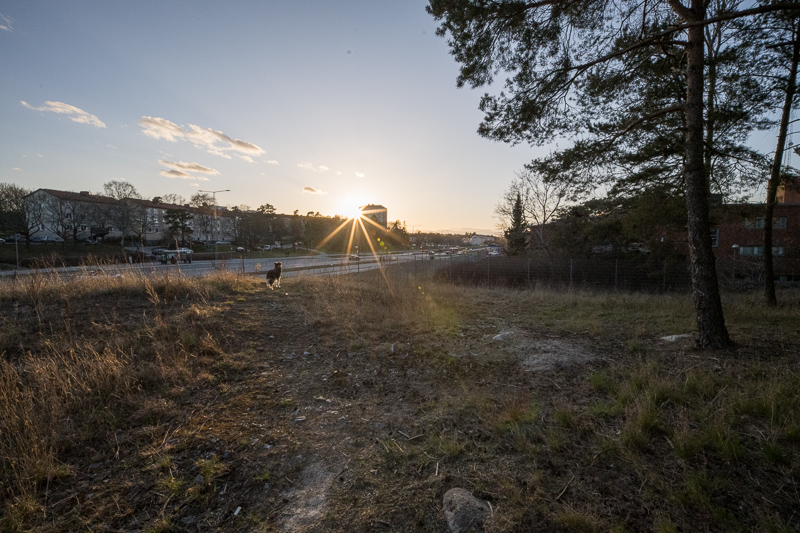
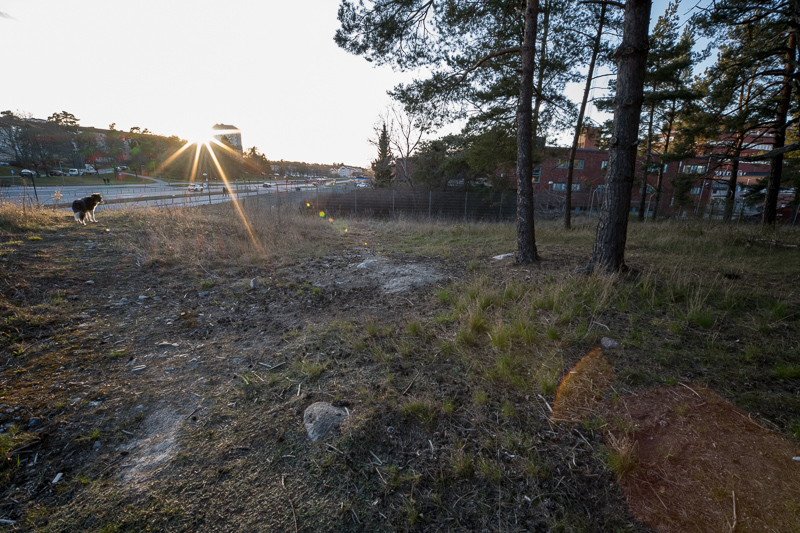
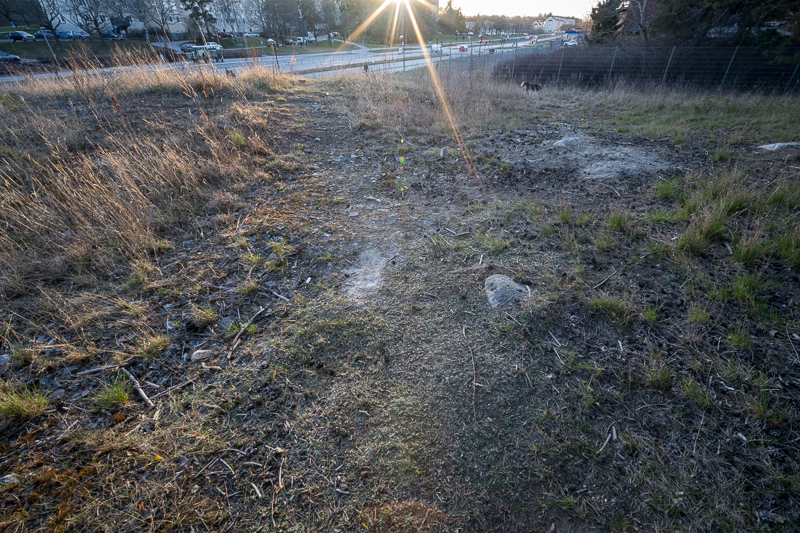
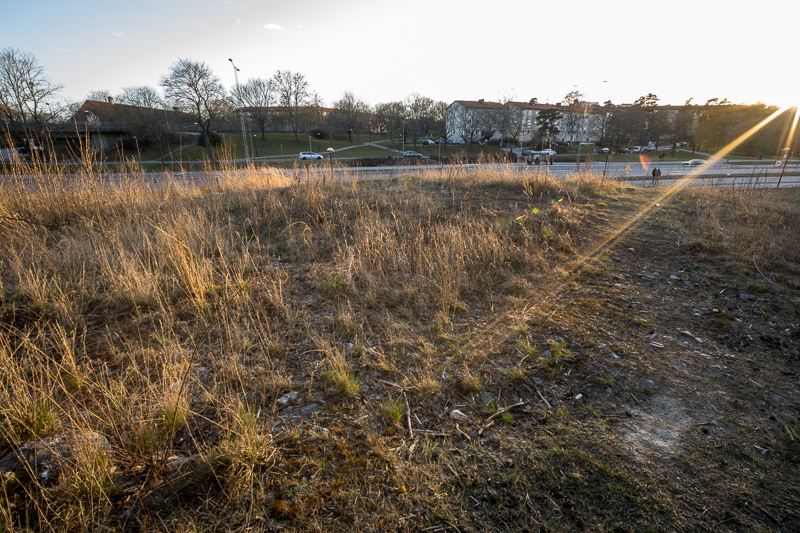
For its price, this looks like a great offer!
How does it compare in terms to the Voigtländer 15/4.5, which does 1:4 in Nikon Z version?
The Voigtländer is much shorter but just 10g lighter.
Which one has better coma correction, whose corners are less smeary?
Yes, nice price for what it is.
If you want to use the lens for typical ultra-wide-angle (UWA) scenarios—like landscapes — the Voigtländer is the better choice. However, it doesn’t get nearly as close as this one does.
Well, it does 1:4. Just like the Laowa 15/2.
I dunno. I like both applications and value a close focusing lens.
It does not, 1:4 is not as close as 1:2.
I might make a detailed comparison. Let’s see how large the interest is.
+1 on interest in this, Martin 🙂
I guess the Voigtlander will show much higher vignetting, though, and the prices are quite different?
Anyway, thank you very much for the review, pleasant read as always!
I’m interested to see a comparison. I know the 15mm f4.5 is designed as a macro and the others aren’t, but I’d love to see what the difference really is for subjects like snails where the background is included
Just a notice to the review style. Is it possible for you to consider reversing the f-stop sequence in the sunstars section to match Bastian’s(and others)style? i.e from open aperture to the smallest diameter?
While it’s certainly possible to present the images in another order, I chose this sequence because the most appealing sunstars are typically produced at the smallest apertures. In a section focused on sunstars, it makes more sense to start with an image that clearly showcases them—especially if the lens is capable of producing strong sunstars. To be fair to the lens, I believe it’s best to highlight its strongest performance rather than its weakest and also to show the sunstars without need to tap on different tabs. The way we display the sunstar images only allows for this approach if I reverse the typical aperture order, going from smallest to largest.
Thank you for your response. I can see your point. And it does make sense. My only gripe was, that you are the only author(past and present) who does it differently on this web. Just my OCD speaking now I suppose. 🙂
I’m glad to see Laowa including electrical contacts! I’m assuming the focus confirmation tools on Nikon bodies work with this lens?
Yes, it does. You’ll actually get two different confirmations. The focus point, which is a red square when the lens is out of focus, turns green. Besides that, in the bottom margin, you’ll see two ‘arrows’ (left and right) indicating which direction you need to turn the focus ring to get focus. When it’s in focus, the arrows disappear and a circle appears instead.
Outstanding! I’d love to see more offerings from Laowa with this! The MF assist features make MF lenses a real joy to use.
I feel that the old Laowa 15mm f/2 was worth discussing in the Alternatives section. It is different, sure, but it is nevertheless an alternative to this lens. As an owner of the old f/2 lens I’ll offer my own understanding of the differences:
Advantages: The f/2 has more than two stops more aperture. It is sharper across the frame at non-macro distances – *it suffers from no midzone dip*, unlike this new macro lens.
Neutral: it has the same 5 aperture-blade design, unless you buy an old copy in which case it may have 7 blades. It is a fairly distortion-free lens, like this new macro lens, though unlike the new macro it does not need any in-lens digital correction to achieve this.
Disadvantages: The f/2 is 200g heavier! This makes it feel like rather a dense lump of metal/glass. (In my view this is its strongest downside, not the macro distance). It is $250 more expensive… though it has been on the market for many years by now so prices for the readily available copies on the 2nd-hand market appear to remove this difference. It is slightly larger, it has no electronic contacts/EXIF data, and unlike this new macro it vignettes even after you stop it down. It uses a 72mm filter thread, not 62mm. It only focuses to 1:4 magnification ratio, which is much less than the new macro’s 1:2, but is nevertheless rather close – and in combination with its big aperture and wide field of view this creates an interesting perspective, as was emphasised in its original review, and which many general users may feel is “enough”: https://phillipreeve.net/blog/rolling-review-laowa-15mm-2-0-zero-d/
Although both lenses are 15mm, they are not directly comparable.
It’s similar to when we review a 50mm f/2 or f/1.8 lens—we typically don’t include 50mm f/1.4 lenses as alternatives, and even more rarely, 50mm f/1.2 or f/0.95.
Keep in mind that the difference between f/2 and f/1.4 is relatively minor compared to the gap between f/4.5 and f/2.
I might write a separate comparison article on 15mm lenses, but that would be an entirely different type of article.
I was thinking of replacing my Nisi 15 with this one. But this is not a landscape painter, it is not uniform in the field, and the angles are poor.
Do you have the older Laowa lens lying around? If so, could you test the magnification ratio of that lens when shot around the same working distance of this lens (3.5mm)?
*correction: 35 mm, not 3.5mm
Unfortunately, I don’t have it. It was sent back long time ago.
Great review, one of the best I’ve come across, thank you very much!
Question: If you were to choose between this lens for a Canon would you go with the EF or the RF version and why? Although I’m aware of the differences, I’m not sure sure how they would play out in actual use. In other words, would one version have a clear advantage over the other? I’m on the fence about what version to purchase. I would be using it on a Canon R6 Mark ii and I already have the Canon adapter with the control ring for EF to RF
Both versions are exactly the same, the difference being that the RF version has the adapter built in. If I had an R6 camera and no intention to use it on a Canon EF camera, I would go with the RF mount. The reasons are: No adapter hassle, one less part to think about, fewer moving parts.
Thanks for your reply and sorry if I wasn’t clear. The EF version has the electronic auto-aperture control (chip inside) and the recording of metadata in EXIF. The RF version is a fully manual lens. It is my understanding that the EF version’s aperture remains fully open when focusing and doesn’t close to the preset or auto aperture setting until the photo is actually taken. Therefore, if I understand correctly you don’t really get an accurate exposure view when looking thru the EVF? So I’m wondering if having auto-aperture is really a big deal or not and if it’s potentially something that could fail?
Ah, I am not sure why you think that you would not get accurate exposure with open aperture exposure? I used the lens on Nikon Z cameras, no aperture on the lens, so metering with open aperture, when taking the shot the aperture closes to the correct or set value and the picture is taken.
If you mean how the image is viewed in the viewfinder, and want the picture becomes dark in the viewfinder if you are underexposing, in my Nikon Zf there is a setting that allows the viewfinder simulate the setting, you see darker if you are underexposing and you see lighter as you increase exposure. Or you can set the camera to compensate for the light and always show bright viewfinder irrespective over or under exposing. But if I use aperture priority and also set the camera to simulate the exposure in the viewfinder, as the camera adjusts the shutter speed depending on the aperture, I always see bright viewfinder, unless I use manual exposure and don’t change shutter speed accordingly.
Not sure how Canon behaves.